Penetration testing which is essential for a secure cyber-physical system can be broadly classified into black box and white box. The first simulates outside attacks with limited knowledge about a system, while the latter offers extensive knowledge of the same system. Understanding Black Box Penetration Testing vs. white Box Penetration Testing helps you choose an adequate approach to security.
What Is Black Box Testing?
Black box penetration testing is a blind software testing method. It simulates an outside attack without any knowledge of the system’s layout.
It assists businesses:
- To test for weaknesses in their network infrastructure—e.g., unpatched services, misconfigurations, or open ports—and mobile apps.
- To test the security of devices on the company’s network, e.g., mobile devices, servers, computers, and tablets.
This “blind testing” compels the auditor—an ethical hacker or penetration tester—on the spot to discover an open path access into the network. The thought is to detect vulnerabilities that can be missed.
Ideally, nothing that is vulnerable will be discovered. If something is found, adjustments can be made before any real hacker discovers that same path.
What Is White Box Testing?
White box penetration testing also goes by clear box testing, glass box testing, transparent box testing, and structural testing.
Your tester, with this advanced pen testing type, will get full access to your source code, network protocol, and control structures. With this test, the tester will be aware of where to seek security vulnerabilities.
The test is still subjecting the assessor to carrying out a thorough examination of the internal structure of the software or system. They will normally check for security flaws such as butter overflows, SQL injection flaws, authentication errors, data leakage, and permission defects.
“This highlights the difference between black box vs white box penetration testing—black box tests mimic real cyberattacks, while white box tests dig deep into internal vulnerabilities.”
Black Box vs. White Box Testing: How Are They Different?
| Testing Objective | Ensure a system works flawlessly for the end user | Ensure an application code is high-quality |
| Focus | Focuses on validating the output against the expected result for given inputs | Focuses on internal code structure, paths, and logic |
| Performed By | Testers who do not need coding knowledge | Developers or testers with programming skills |
| Scope | Generally less extensive and focused on specific functionalities, so quicker | Covers all code paths, conditions, and loops, so more time-consuming |
| Types | Functional testing, system testing, and acceptance testing. Testing is based on system requirements and use cases (user feedback) | Unit testing, integration testing, and code coverage analysis. Testing is based on code logic, flowcharts, and design documents |
| Programming Knowledge | Not required | Required |
1. Testing Objective
Black Box Testing
Black box testing is employed when you wish to conduct an outside audit to validate your security stance.
Most hackers do not know how your system works since most are unaware, making them “blind.”
You can also utilize it in order to test:
- Large or intricate systems. When the system is massive or complicated, it may be impossible to scan the code. In such scenarios, black box pen testing would be a decent option to test for system weaknesses.
- Real-world performance of the system. Black box pen testing is as close to a real breach attempt by a would-be hacker as you can get. It tells you precisely how your system will react to a real attack and if it can repel it.
White Box Testing
White box security testing is applied when you are testing a system that is critical because it allows you to conduct detailed checks on its defenses.
Because the tester has full access to your system, they can analyze your code paths, determine vulnerabilities, and conduct checks on data encryption and protection to determine vulnerabilities that a black box test might not have discovered.
Organizations apply white box testing when:
- The performance of a system must be checked. White box pen tests detect bottlenecks and inefficient algorithms.
- A system is dealing with sensitive customer data. If your software application deals with sensitive data, you can utilize white box testing to test your database security and ensure all the security controls are functioning properly.
2. Focus
Black Box Testing
Black box pentest is concerned with examining your system’s external behavior in terms of inputs (the actions of the tester) and outputs (the reaction of the system).
The tester evaluates how your system reacts to every attack vector, including input tampering, authentication violations, and unauthorized access.
This is an end-to-end method that’s confined to your system’s external interfaces that affect the end-user, like web servers, databases, integrated systems, and user experience and user interface.
White Box Testing
White box pentest is concerned with a thorough review of your system’s internal paths and code. It looks at how data moves through your entire system, how various components interact with that data and with each other, and how secure your control structures are.
These tests also examine your system code to identify inefficiencies, weak encryption usage, and logical mistakes that might generate potential security flaws. In these instances, the tester will employ their programming experience to identify security flaws.
3. Qualified Evaluators
Black Box Testing
Black box testing is conducted by outside security testers, certified ethical hackers, or penetration testers.
White Box Testing
White box tests are usually carried out by developers, security analysts, or individuals with advanced knowledge of your codebase and system architecture (control structures, data flows, etc.). Developers usually carry out white box testing.
4. Types
Black Box Testing
Black box testing methods are categorized according to the testing purpose. The following are the two most widely used black box testing types:
Functional testing. This testing ensures that the system input and output functions correctly. It comprises smoke, sanity, integration, regression, system, and user acceptance testing.
Nonfunctional testing (NFT). NFT tests a system’s capacity to manage threats, withstand attacks, and perform under stress without being aware of the internal code organization. It comprises usability, load, performance, compatibility, stress, and scalability testing.
White Box Testing
White box testing techniques are categorized depending on the software element that is being targeted. The following are some white box testing techniques:
Unit testing. Unit tests assist you in making sure that every piece of your system is working correctly.
Integration testing. It comes after unit testing and is about whether each piece of code that has been tested works with the others, i.e., tests the interfaces of each piece.
Regression testing—This is a process that ensures recent changes are working as expected and does not adversely impact the use of the system. It entails re-executing tests to ascertain that the system is still functioning correctly.
5. Applicability
Black Box Testing
Black box testing is normally done at the end of thorough testing procedures since it tests how the system functions from the outside and assists in locating bugs that could impact the security of the system.
It can, however, be done independently to test for security vulnerabilities within a system, particularly if it handles sensitive information.
White Box Testing
White box testing is applied during the initial stages of the development and integration phases to detect weaknesses, logic bugs, and security vulnerabilities in the code and enhance software quality.
6. Timeframe
Black Box Testing
Black box testing is done based on the functionality of the system, not internal workings. This can be accomplished once the code has any functional capability. Automation testing is relatively fast, depending on the timeframe based on how complex the systems are.
White Box Testing
White box testing may take months, weeks, or days. Testers are required to execute each scenario across all paths and code lines for security and bug-free code. This could prolong the lifecycle of software development.
7. Techniques and Tools Used
Black Box Testing
All black box testing methods target an external weakness that can be exploited. Some of the typical testing methods are the following:
- Port scanning. Scans system ports to determine open ones and the weaknesses of the services operating on them.
- Exploratory testing. Tests known weaknesses to determine how the system responds.
- Fuzz tests. Sends random or bogus input to determine if the system crashes or responds abnormally.
- Password cracking. Tries the system for brute force and password weaknesses.
- Equivalence testing. Binds inputs and checks one value of each group to ensure all potential results are checked.
- Vulnerability scanning. Scans the system’s IP with tools that identify known vulnerabilities.
- Web scraping. Scrapes data from websites to check how far a web application can be accessed.
White Box Testing
White box testing methods are:
- Statement coverage. Tests the functionality of every code block and verifies whether all statements are logically constructed.
- Data flow testing. Examines data paths within the system to observe how program flow is affected by data structures.
- Path testing. Test all possible paths in the program to make sure every situation and line of code is executed.
- Control flow testing. Verifies the order of statement execution and branch occurrences in the source code.
8. Process
Black Box Testing
Typically, black box penetration testing involves the following five steps:
- Reconnaissance. Collect information regarding the system, such as IP addresses, DNS records, and employee information.
- Scanning. Gather more in-depth system information such as software, operating systems, and users.
- Identifying vulnerabilities. Utilize instruments to discover system weaknesses based on collected information.
- Exploitation. Exploit identified vulnerabilities to access the system and cause maximum damage quickly.
- Reporting and cleanup. Report results and clean up the system to its initial state.
White Box Testing
White box penetration testing generally goes through the following steps.
- Choose test areas. Reduce core system areas for testing and obtain details about the programming language and development tools.
- Find code to test. Describe the precise lines of code to test, explaining their functionality and expected return.
- Write test cases. Develop test cases according to the vulnerabilities being tested.
- Perform testing. Test every case to reveal system vulnerabilities.
- Analyze outcomes. Compare test outcomes to make plans for remediation of vulnerabilities and document all findings and plans.
Latest Penetration Testing Report

How To Choose the Right Penetration Testing Technique
Selecting the ideal penetration testing methodology is vital for efficient vulnerability discovery that may be targeted for attack. Proper choice helps ensure overall coverage and specifically customized tests to eventually strengthen the security posture of an organization.

1. Identify Your Goals
Clearly define what you aim to accomplish with a penetration test. Do you need to find vulnerabilities, test your incident response skills, or obtain an overall view of your security posture?
At this time, you also have to know the scope of the test. This is the point at which you determine which systems, networks, and applications are going to be included. Understanding black box vs white box penetration testing at this stage can help you choose the right approach for your needs.
Qualysec’ Information Security consultant had the following to say regarding the need to explicitly state the purposes of the penetration testing.
2. Determine What You’re Testing
Determine precisely what you’re testing. Are you testing a web application, network hardware, cloud environment, or mobile application? What programming languages, operating systems, and security mechanisms do they employ?
You must know the precise technologies of the system you’re testing if your objective is to conduct a thorough test.
3. Compliance, Regulatory, and Audit Requirements
Get to know the requirements for compliance, regulations, and audits in your industry to check if your penetration testing technique is appropriate for meeting those standards.
For example, If you are in the finance sector, you need to comply with the PCI-DSS. You will have to conduct penetration tests periodically to find vulnerabilities.
4. Consider Your Resources
Decide if your staff has the skills, time, and budget available to conduct all the testing types appropriate for your objectives and size. Your staff is familiar with your systems, applications, and potential weaknesses, so they’re in the best position to conduct internal testing.
However, if they do not live up to the mark or testing becomes very extensive, it is probably best to have someone professional, perhaps Qualysec, conduct the test on your behalf. It will enable you not to divert any resources from other important objectives.
5. Analyze the Impact
What is that going to mean? If you’ve chosen white box testing as an option, there are potential consequences, including interruption of service and exposure to sensitive data without proper handling.
Complete a risk assessment before proceeding with either technique, looking at what could happen if services were interrupted, if sensitive data could be corrupted, or even if compliance violations could happen.
6. Get Expert Opinion
Before making a decision, you may want to consult an expert.
A testing services provider such as Qualysec can advise you on the advantages and disadvantages of various testing methodologies. Our experienced professionals can assist you in identifying the best-fit solution for your operations.
How To Choose the Right Pen Testing Provider?
Selecting the best pen testing service provider is necessary so that their services align with your expectations and needs. These are some valuable tips to ensure you make the best decision:
- Verify the provider’s experience and qualifications. Verifying the pen testing provider’s record and ensuring that the staff has good experience performing pen testing for other clients is a good means of screening them.
- Discover what test methodology would be applied. Because there are various pen testing methods and techniques, it is better to know what the pen testing company would recommend. Understanding black box vs white box penetration testing is crucial, as it helps determine whether the provider focuses on external threats or internal vulnerabilities. For example, Qualysec has a few pen testing services, such as external pen testing, internal pen testing, mobile application pen testing, web application pen testing, etc.
- Verify the pricing plans of the pen testing provider. Based on your budget, price may be a significant factor. Qualysec offers pen testing services at highly competitive rates without sacrificing the quality of their services with the CheckBox pen testing service.
- Look to see if the provider provides post-testing assistance. A few providers of pen testing assist with the testing for remedial purposes to mitigate vulnerabilities. Depending on your internal capability, this may be a helpful factor.
Execute Penetration Testing With Ease and Accuracy—Contact Qualysec!
Selecting the correct penetration testing method is vital to properly evaluate your company’s security. When comparing black box vs white box penetration testing, white box testing provides a comprehensive review of your system internally, whereas black box testing is all about detecting vulnerabilities that would be used by external hackers.
Knowing these helps you decide on the right method depending on your particular circumstances and environment.
Talk to our Cybersecurity Expert to discuss your specific needs and how we can help your business.
FAQs:
1. Which is superior—black box testing or white box testing?
No type of testing is superior to the other. Both black and white box testing has advantages, and it depends on your objective, budget, and the needed test coverage which one you use.
2. What do we call another name for black box testing?
Black box testing has other names like closed-box testing and opaque technique.





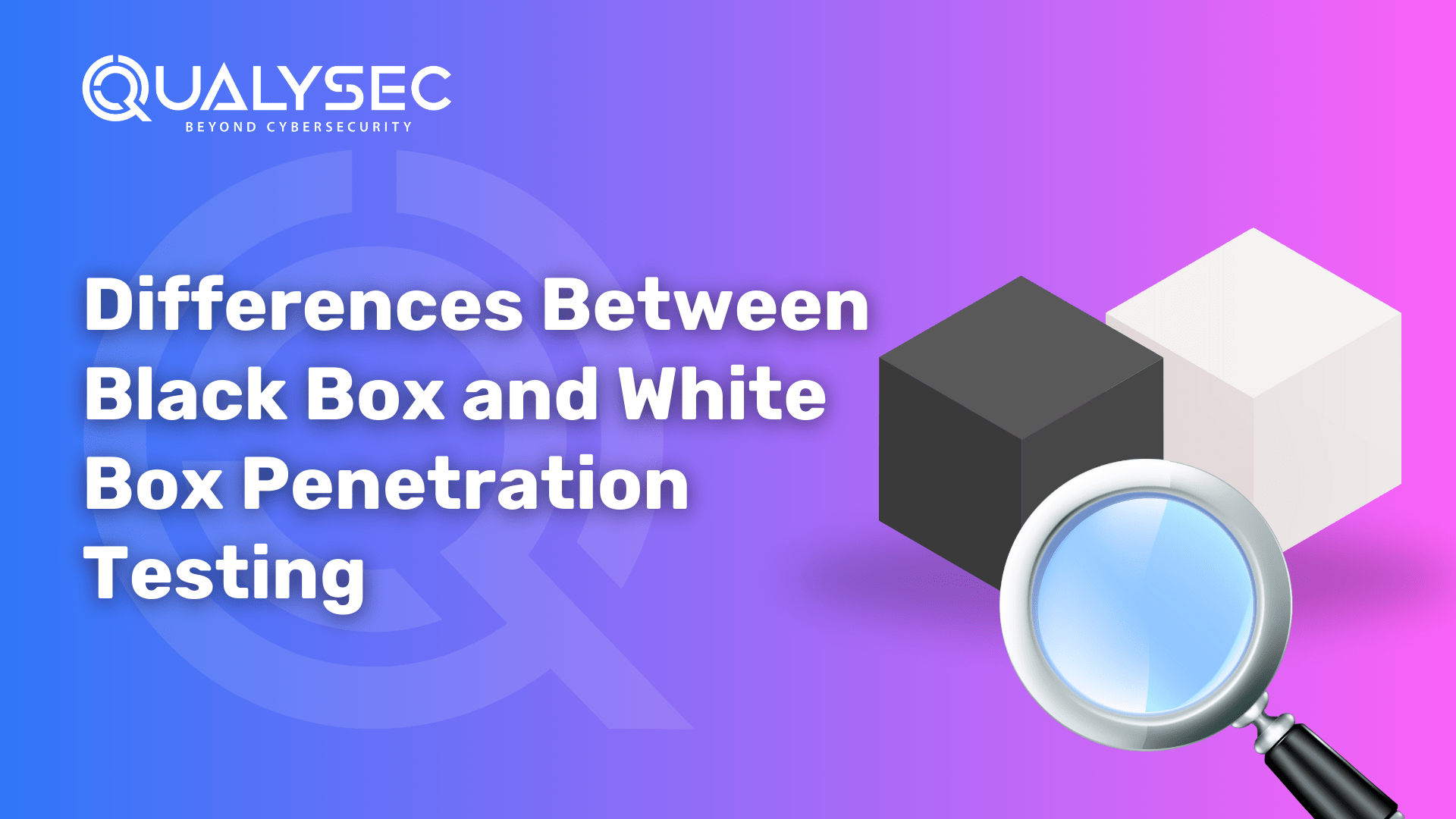








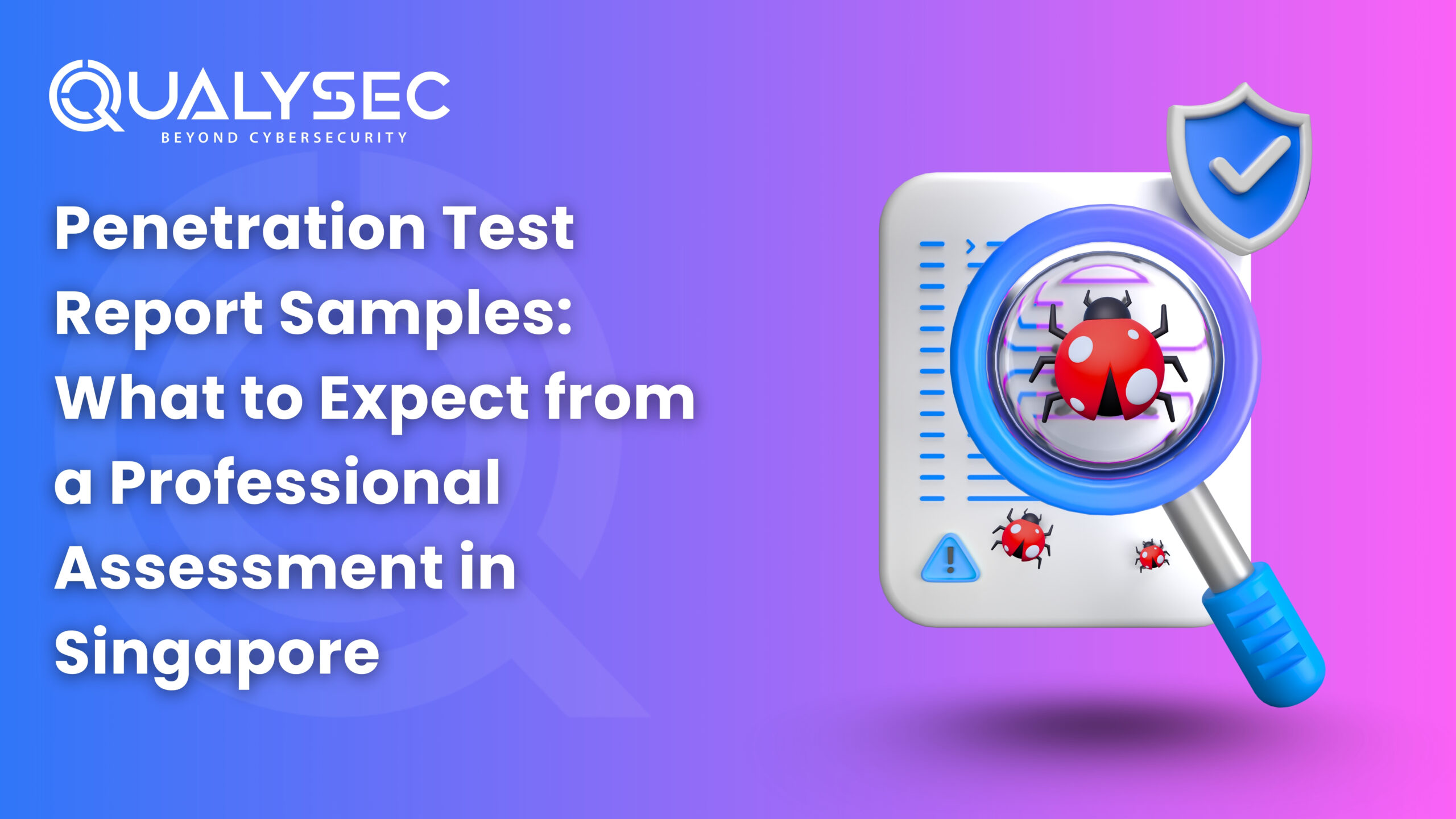
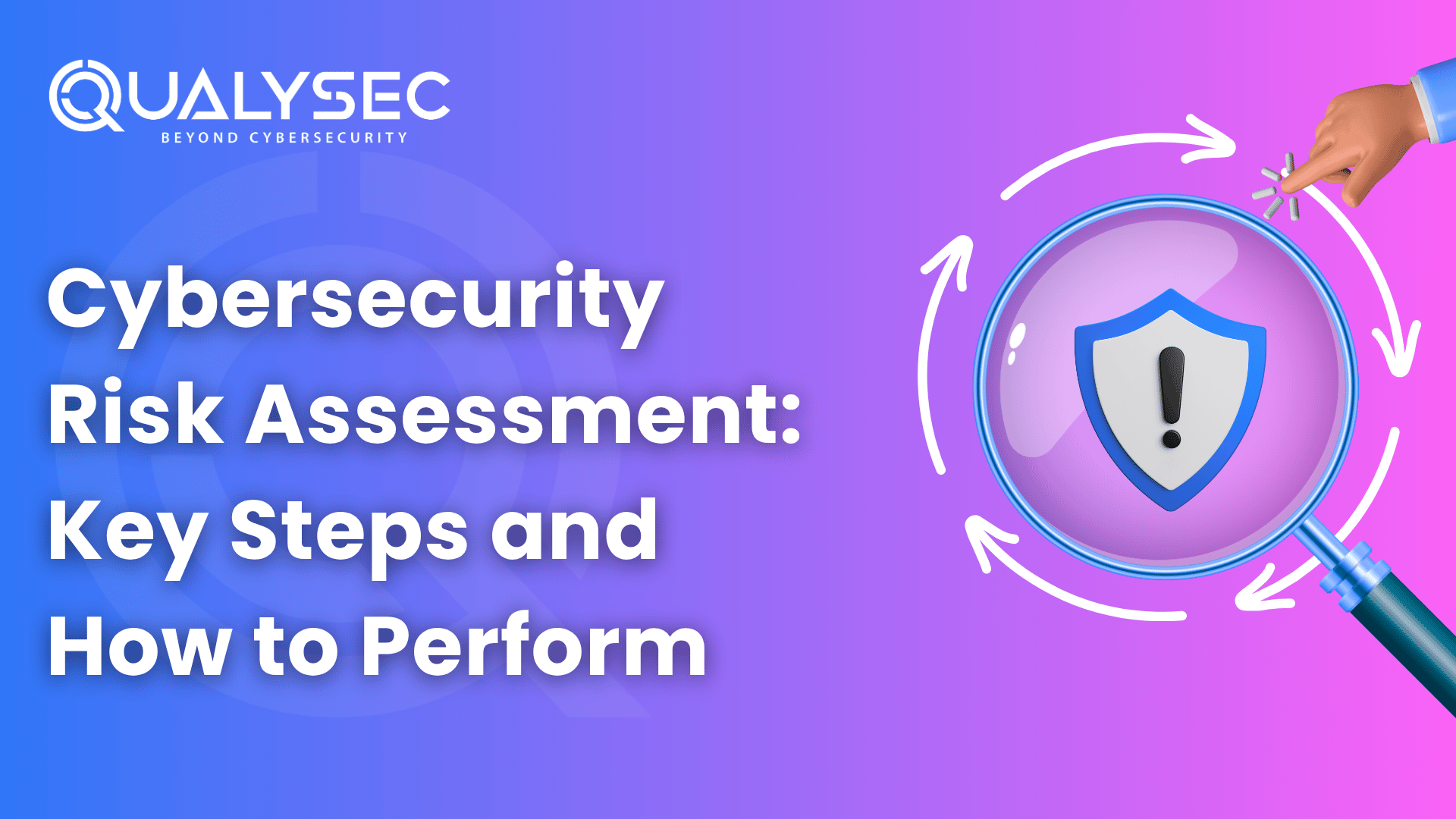










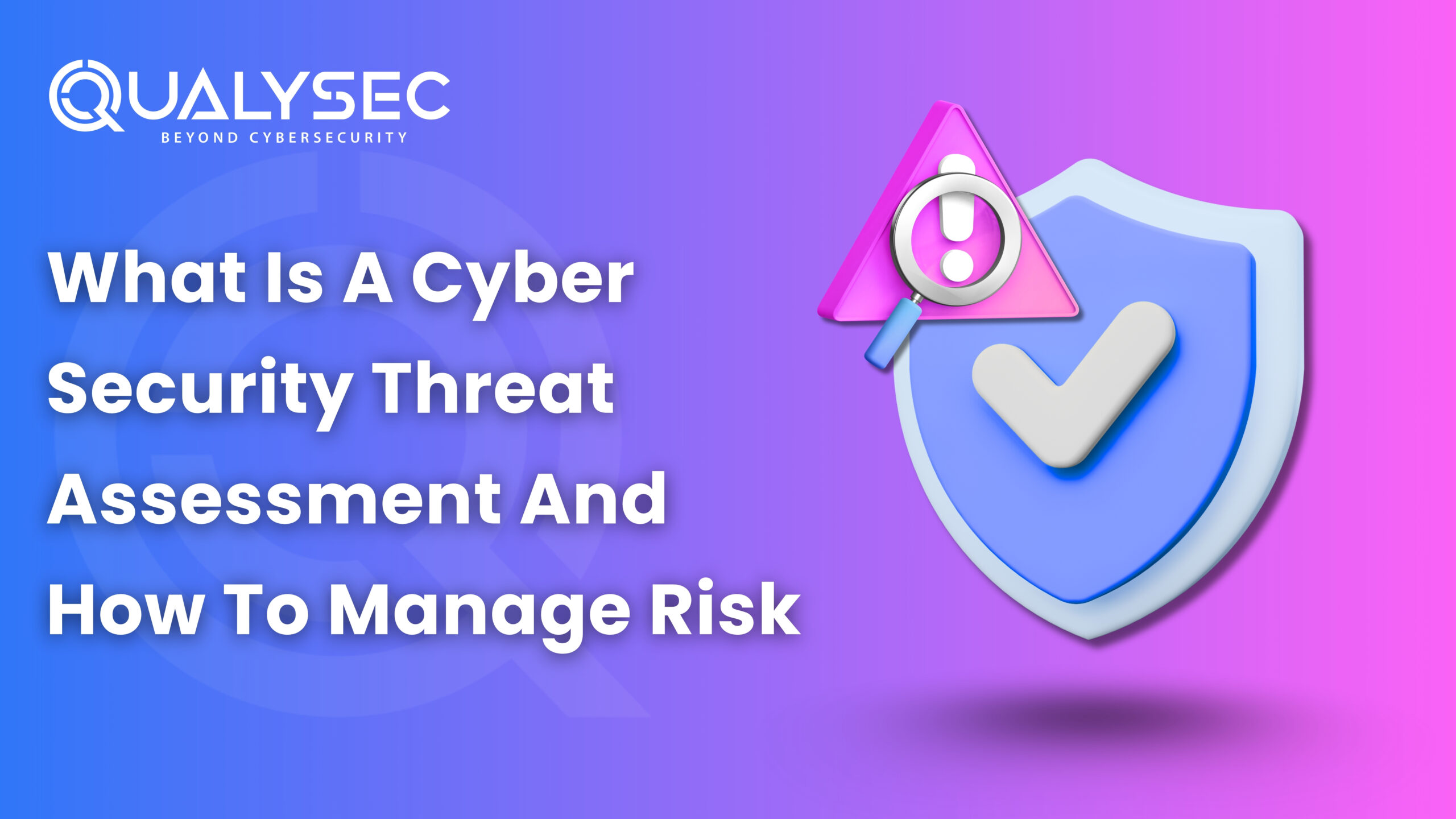








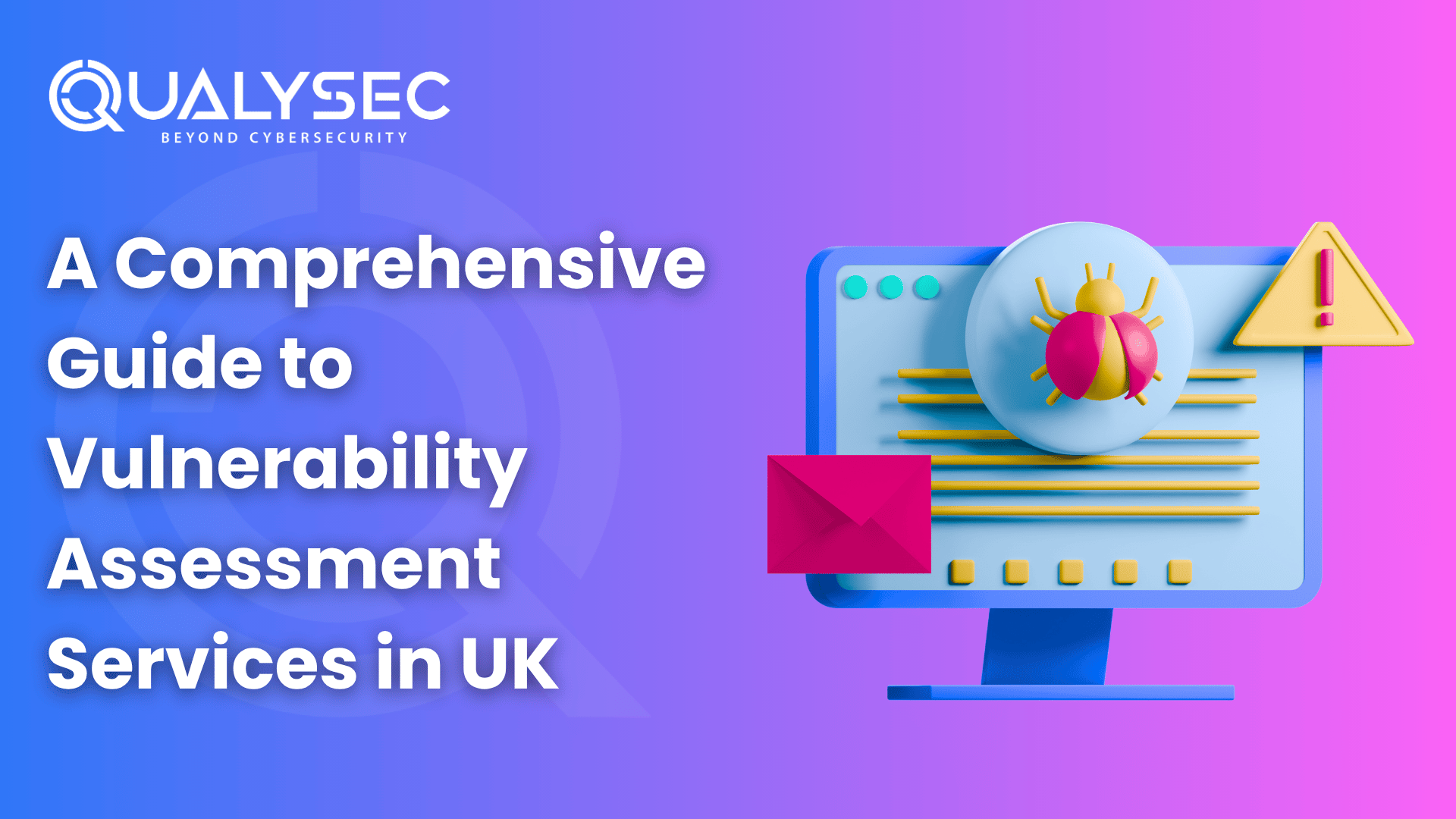

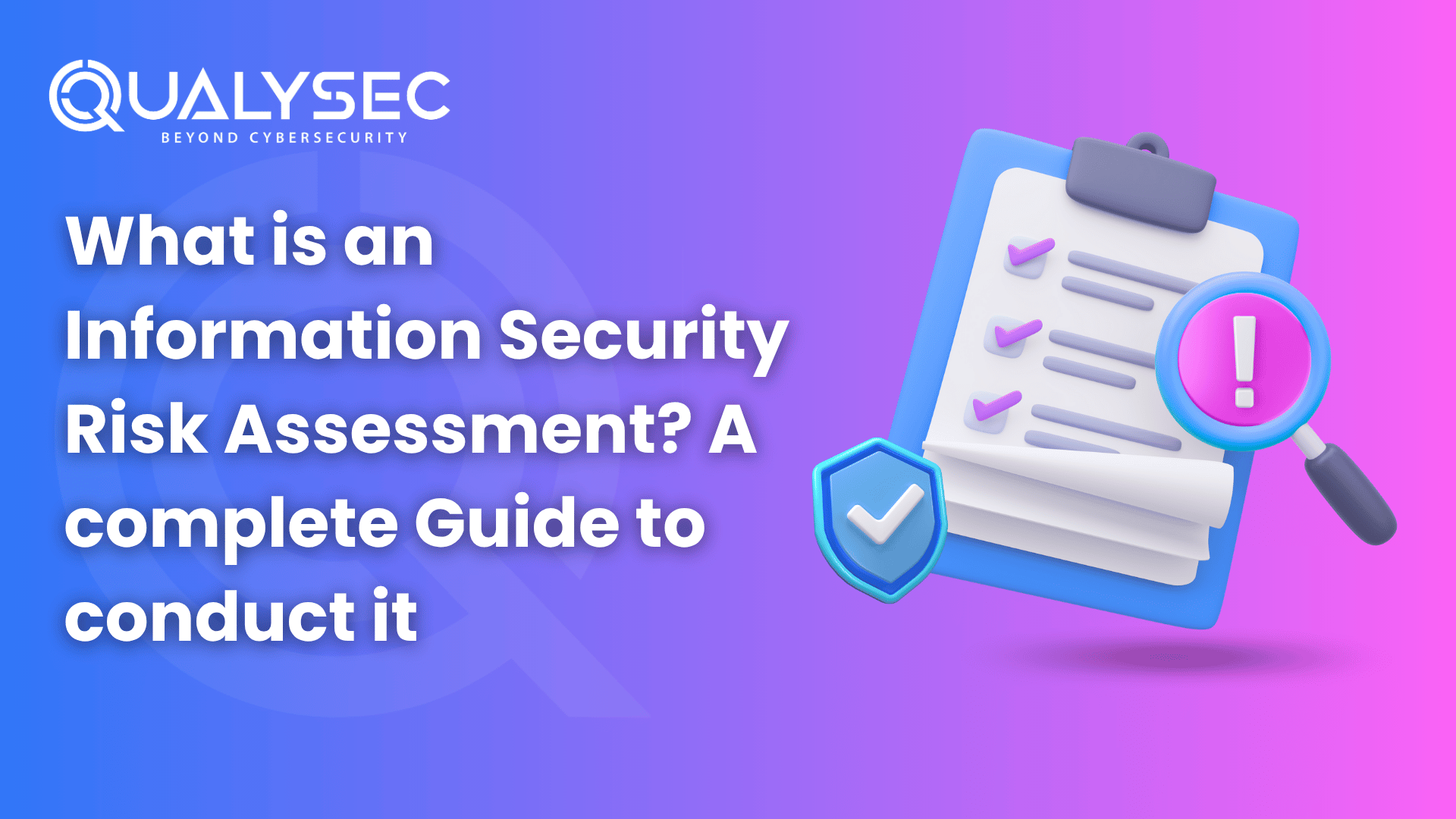
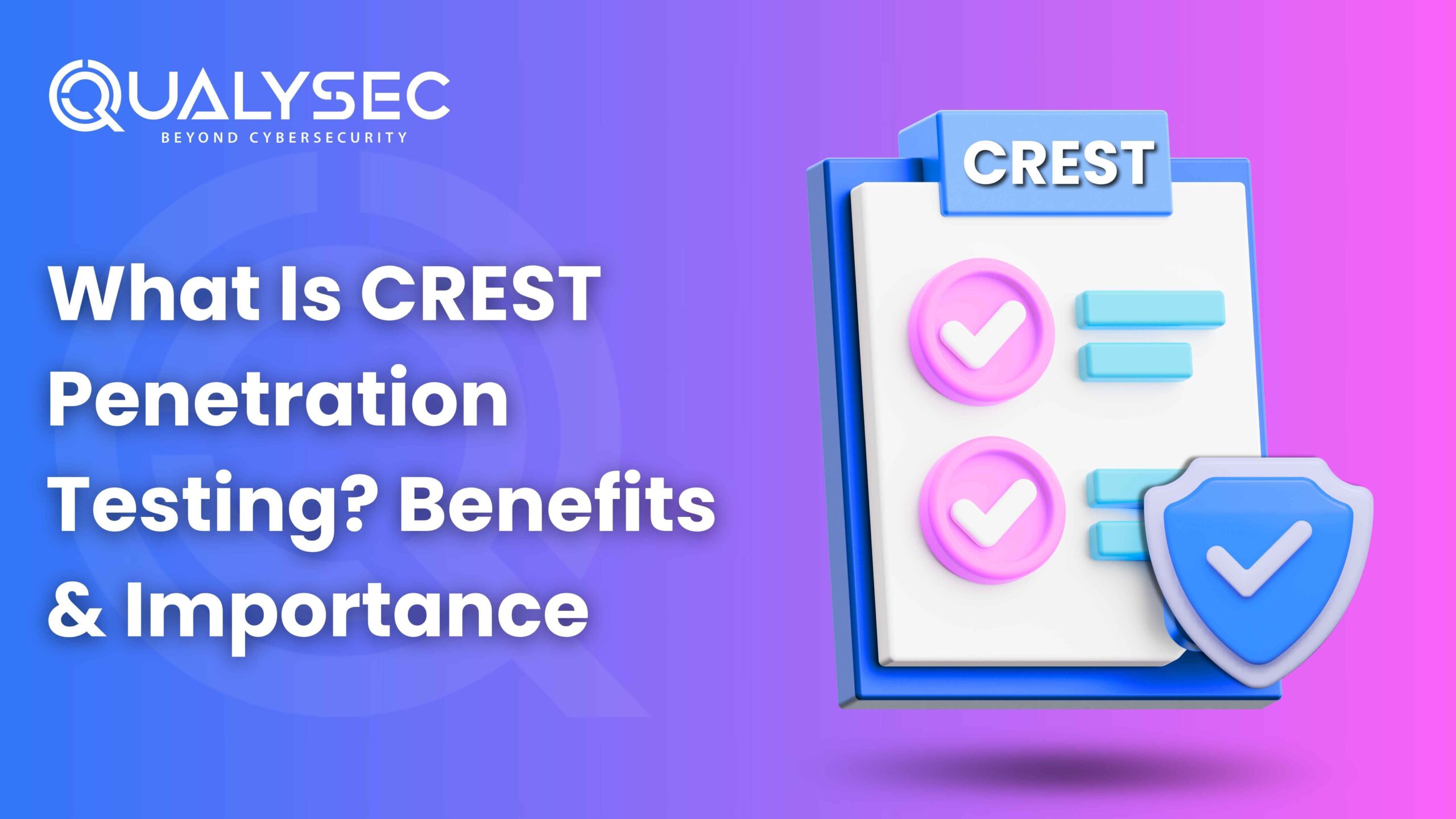






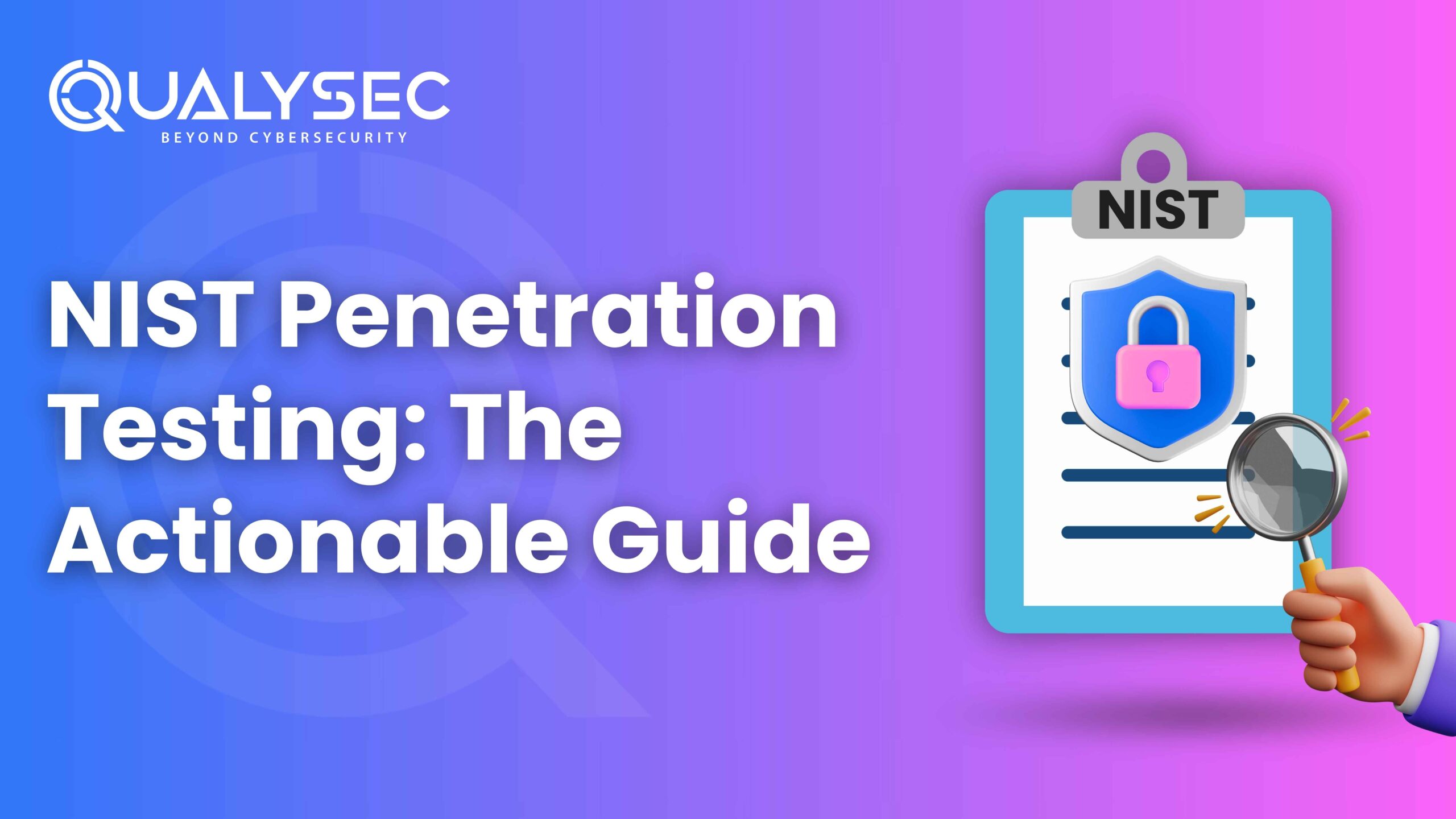
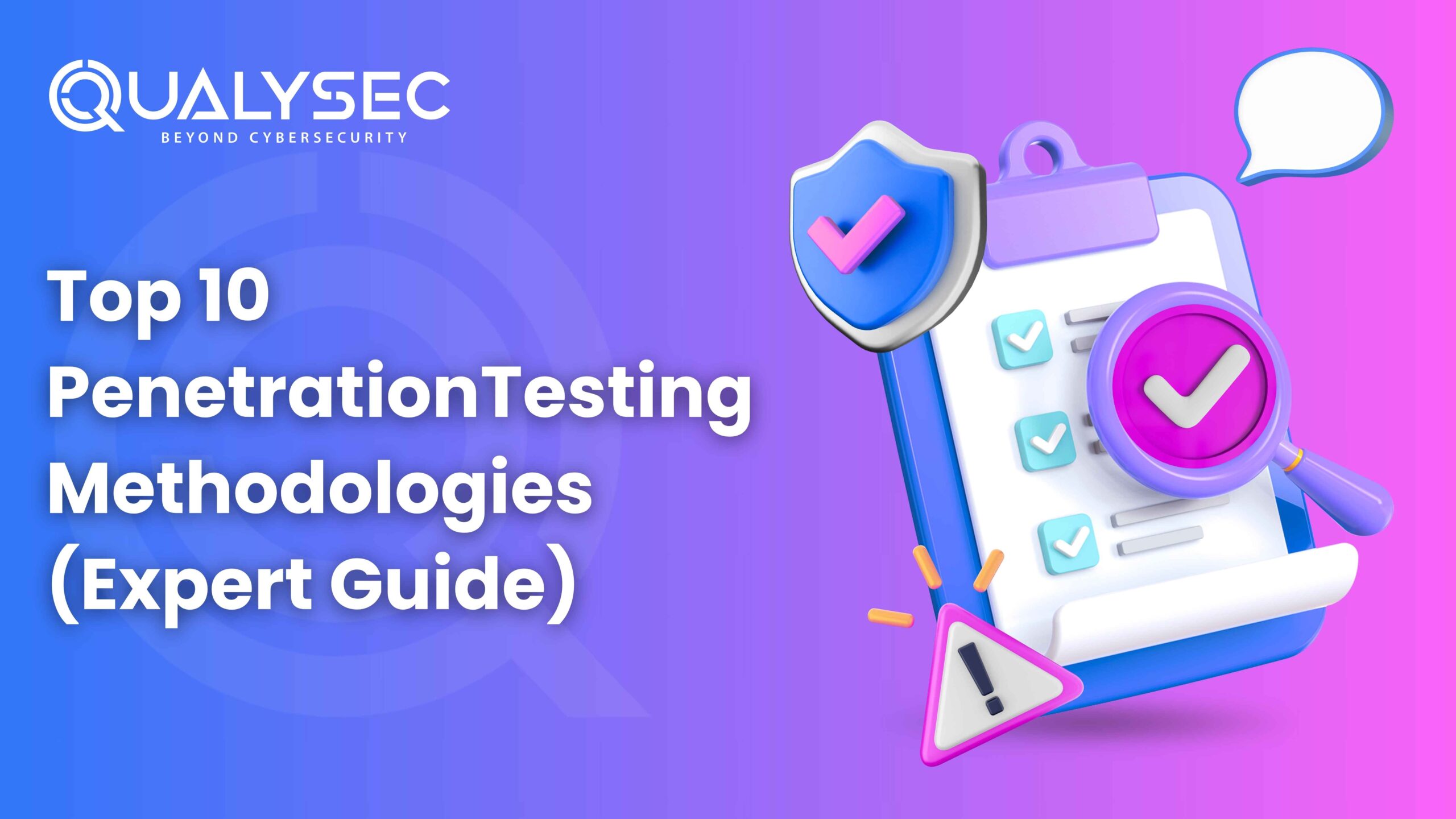


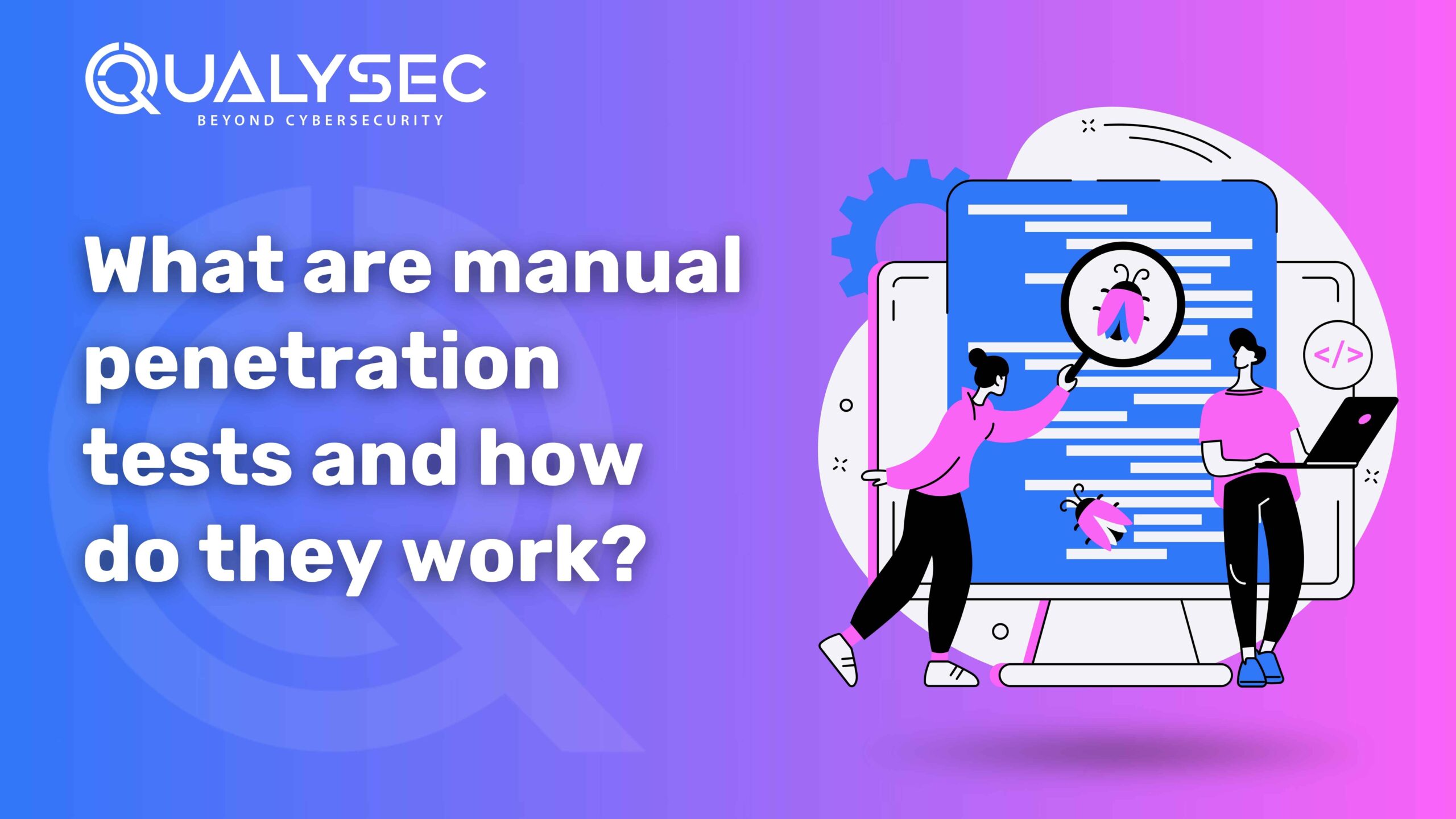
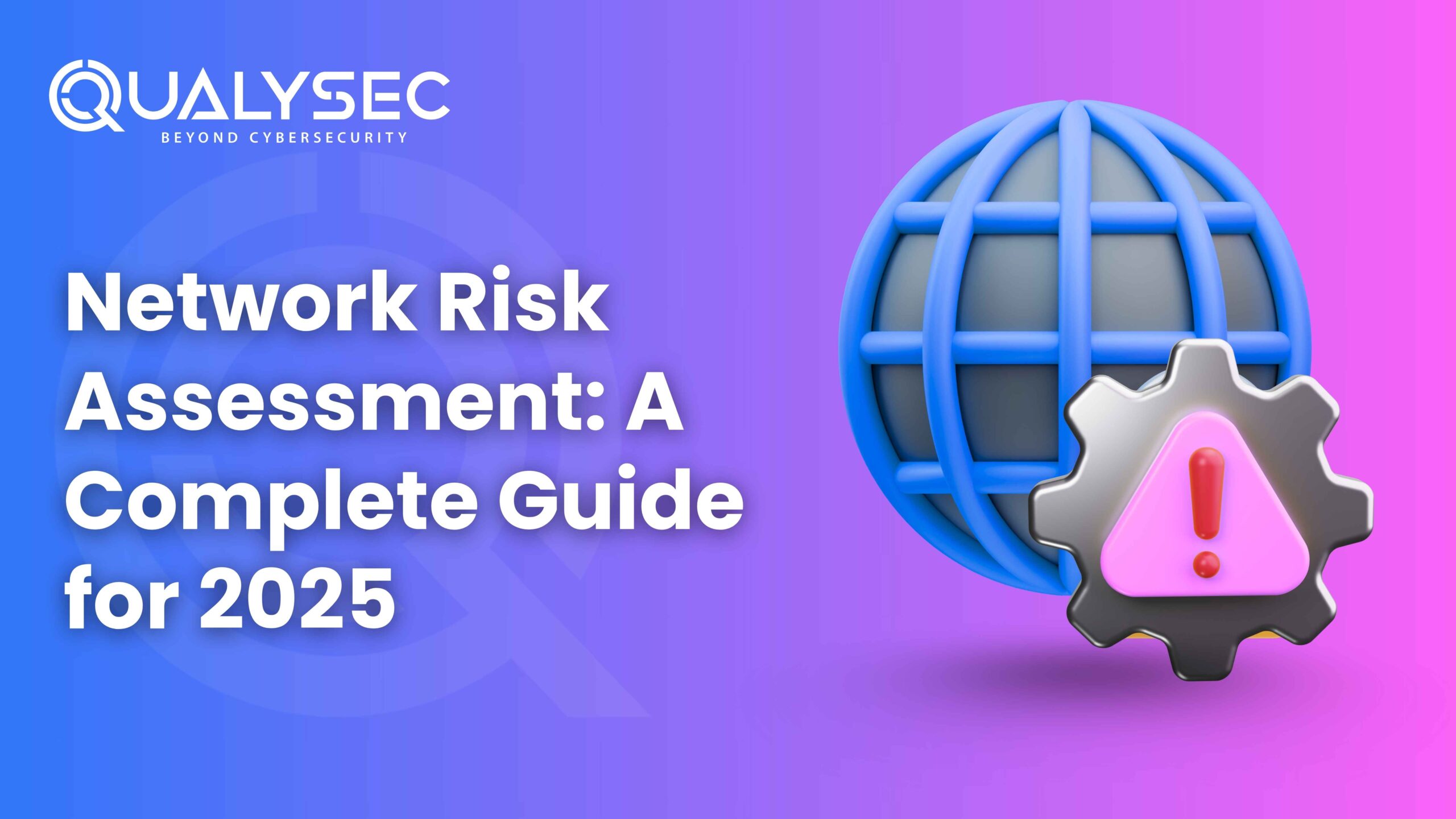


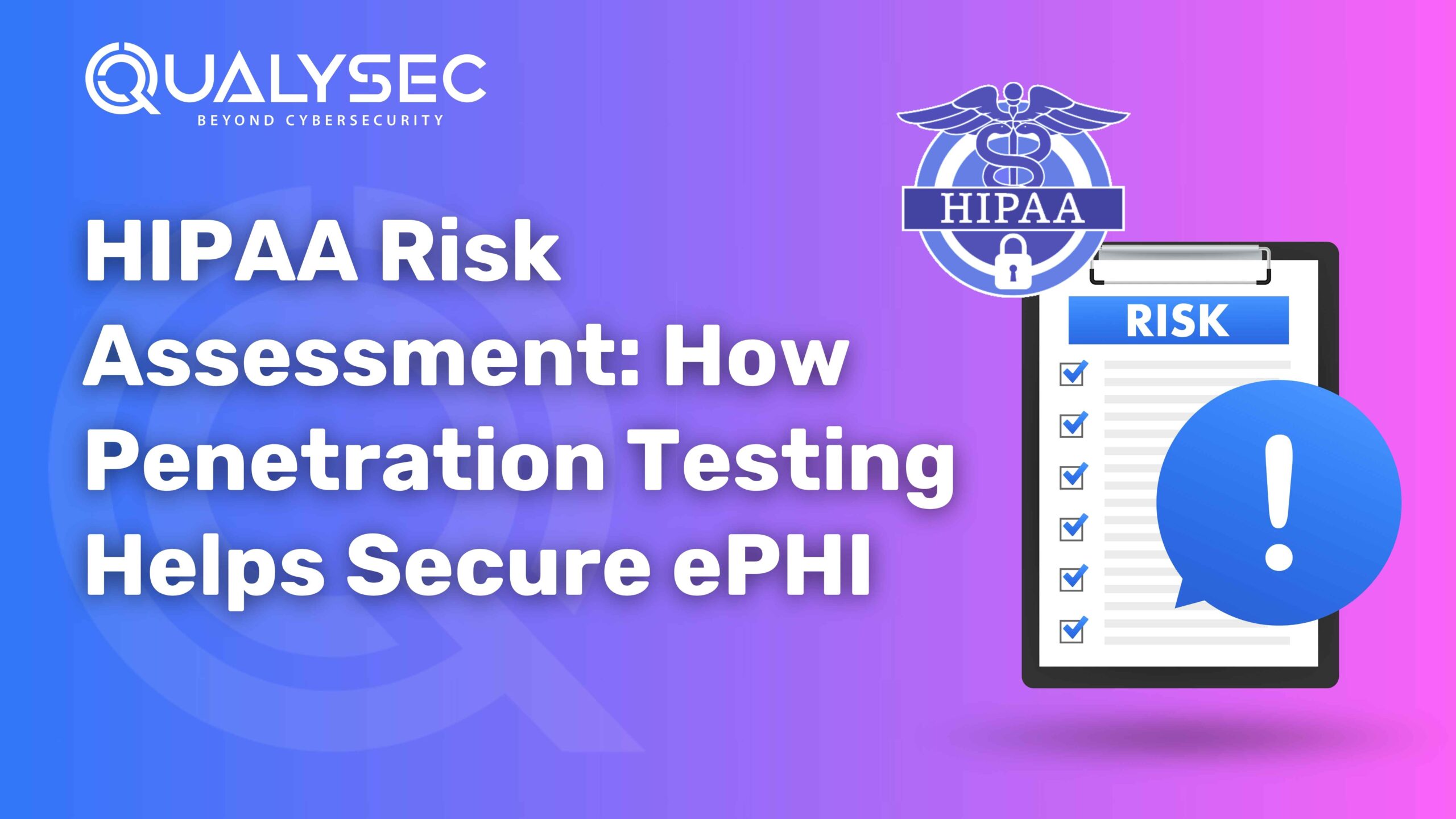




































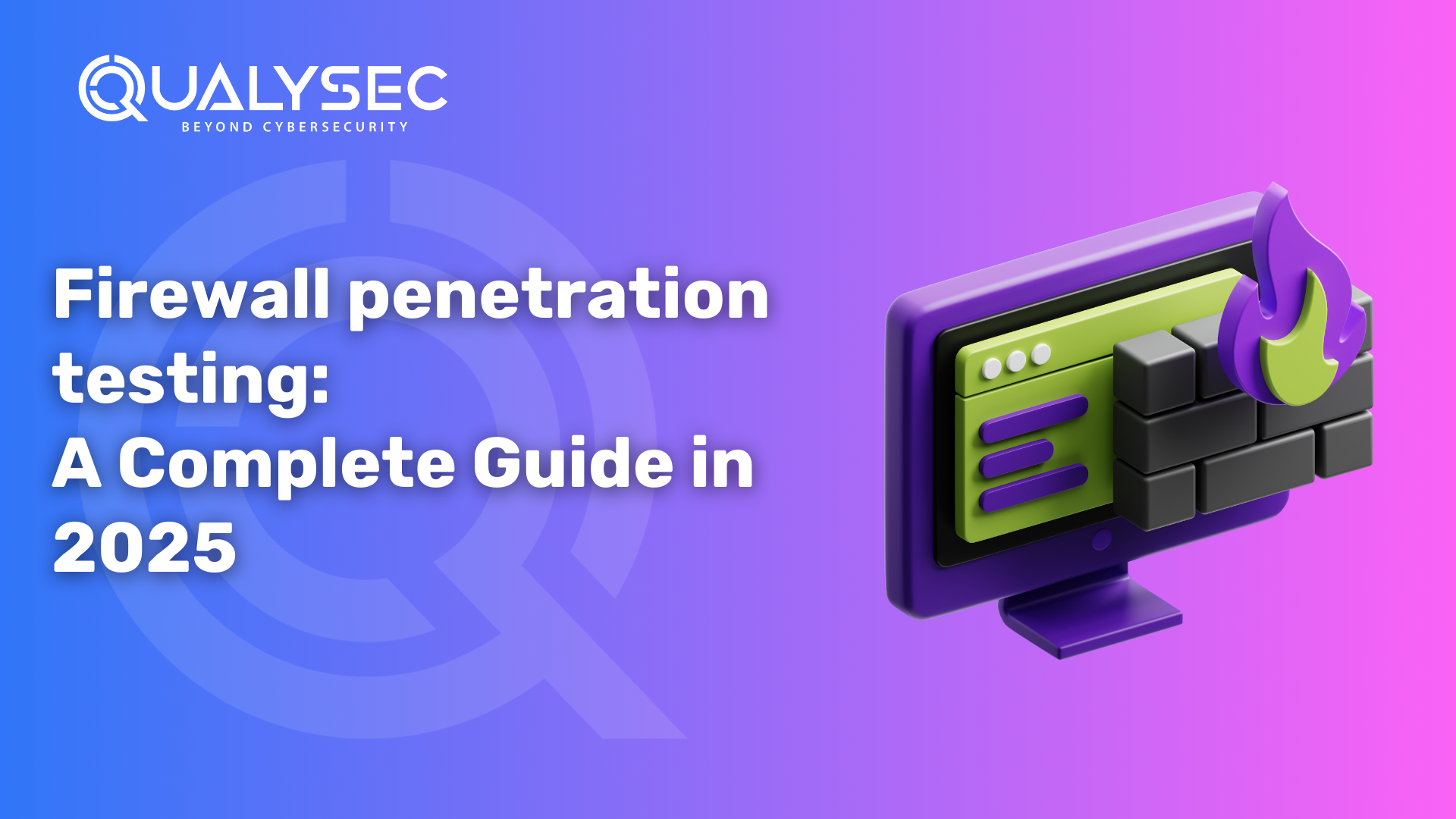



















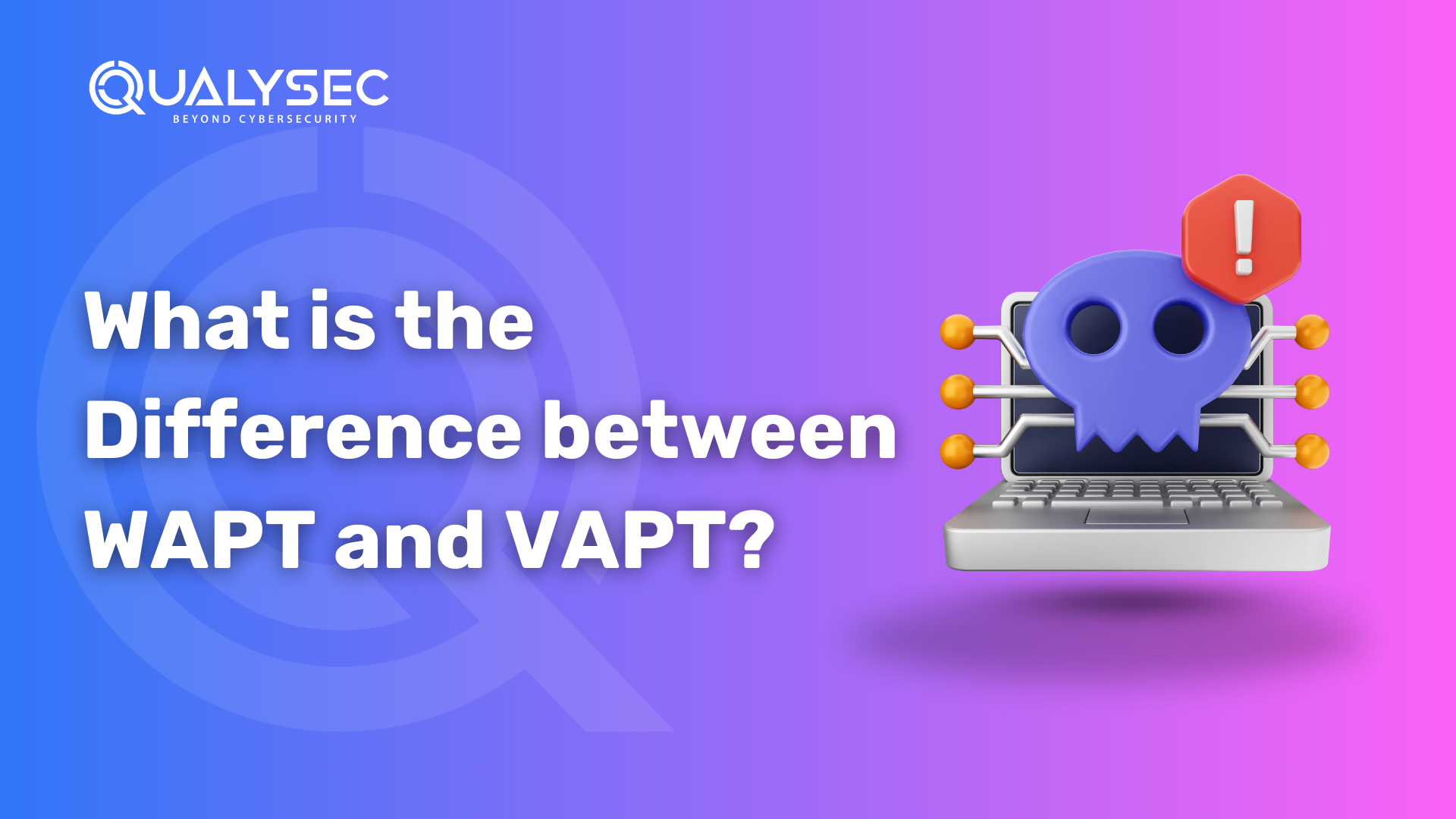
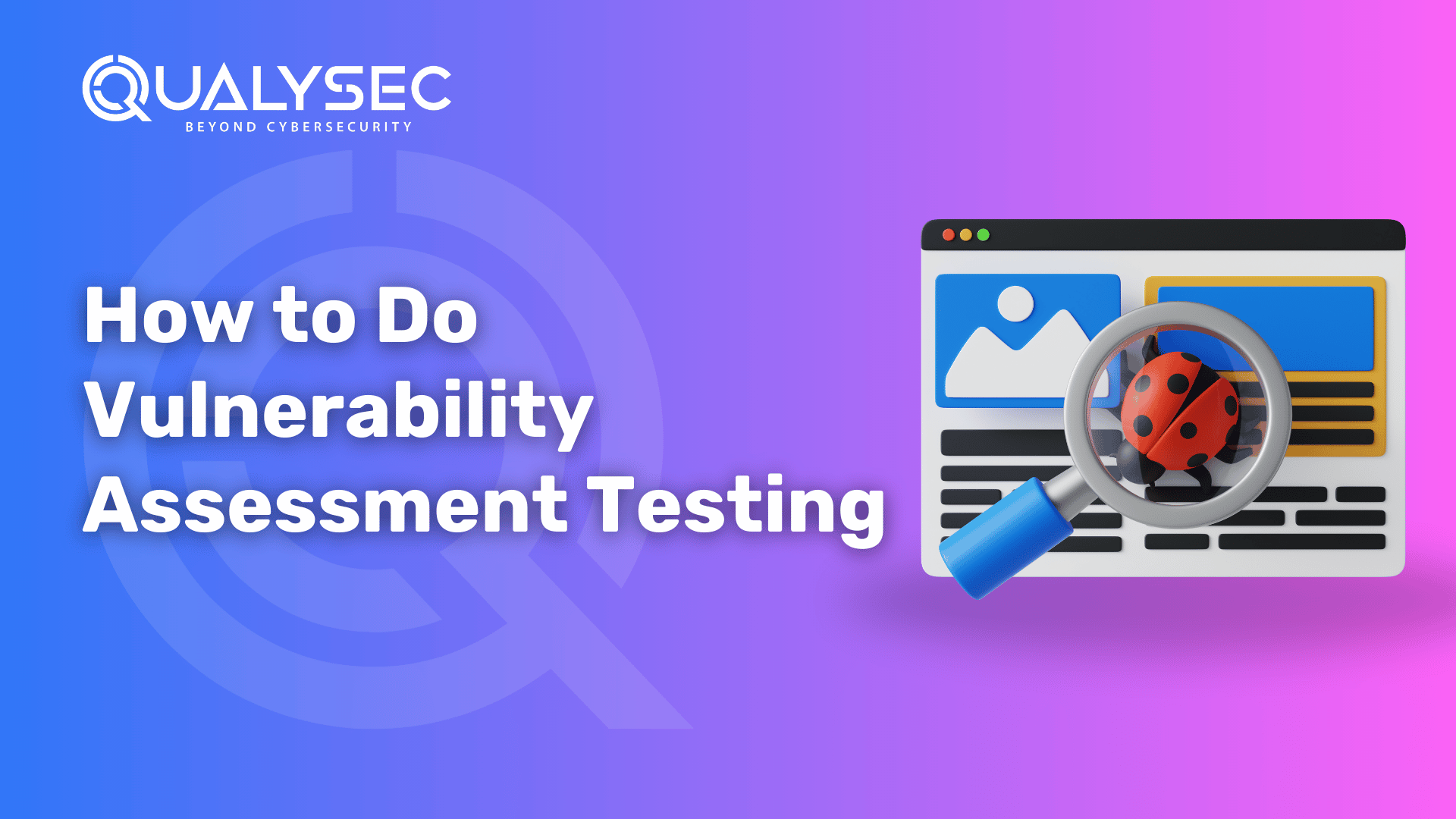











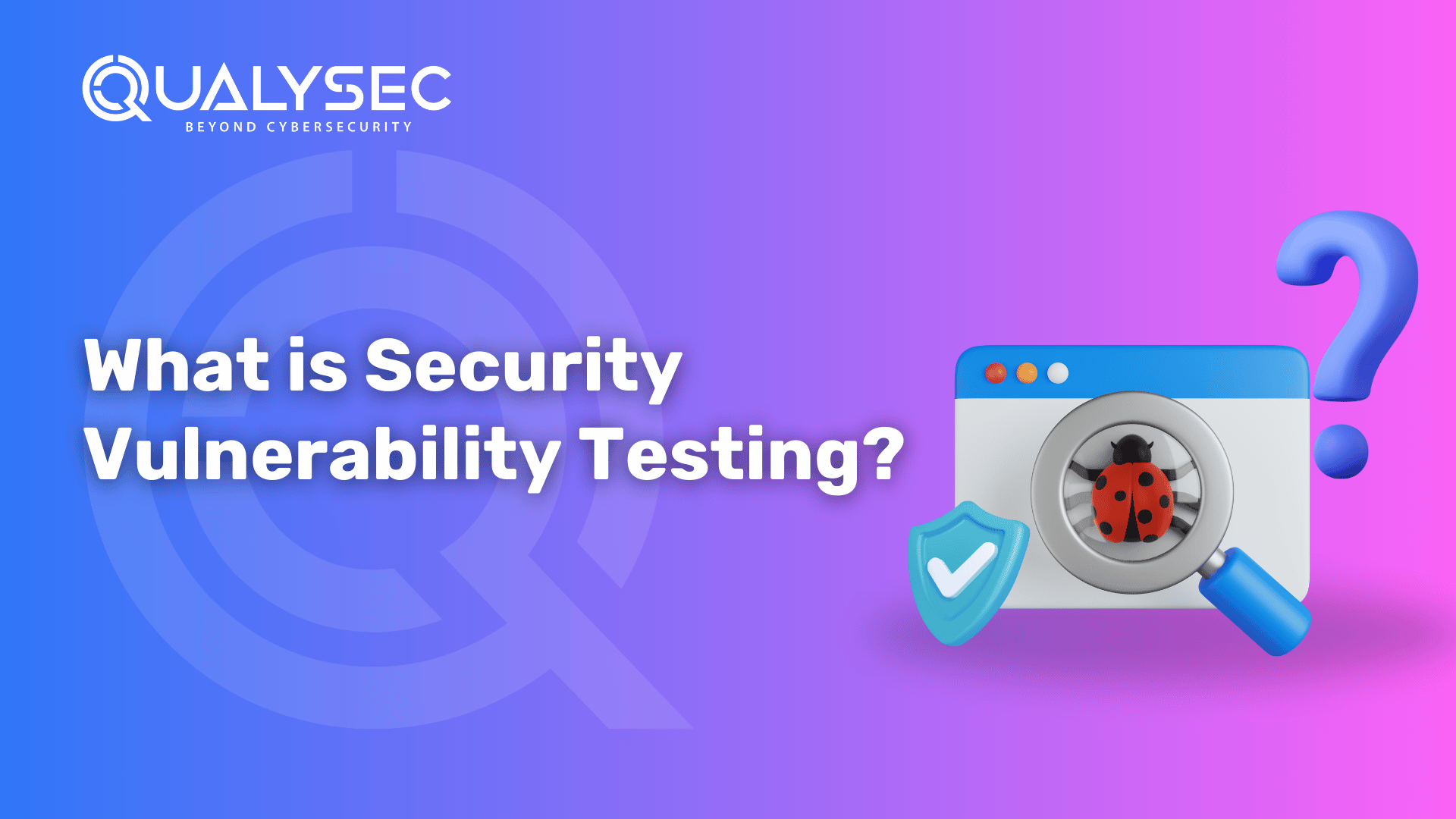











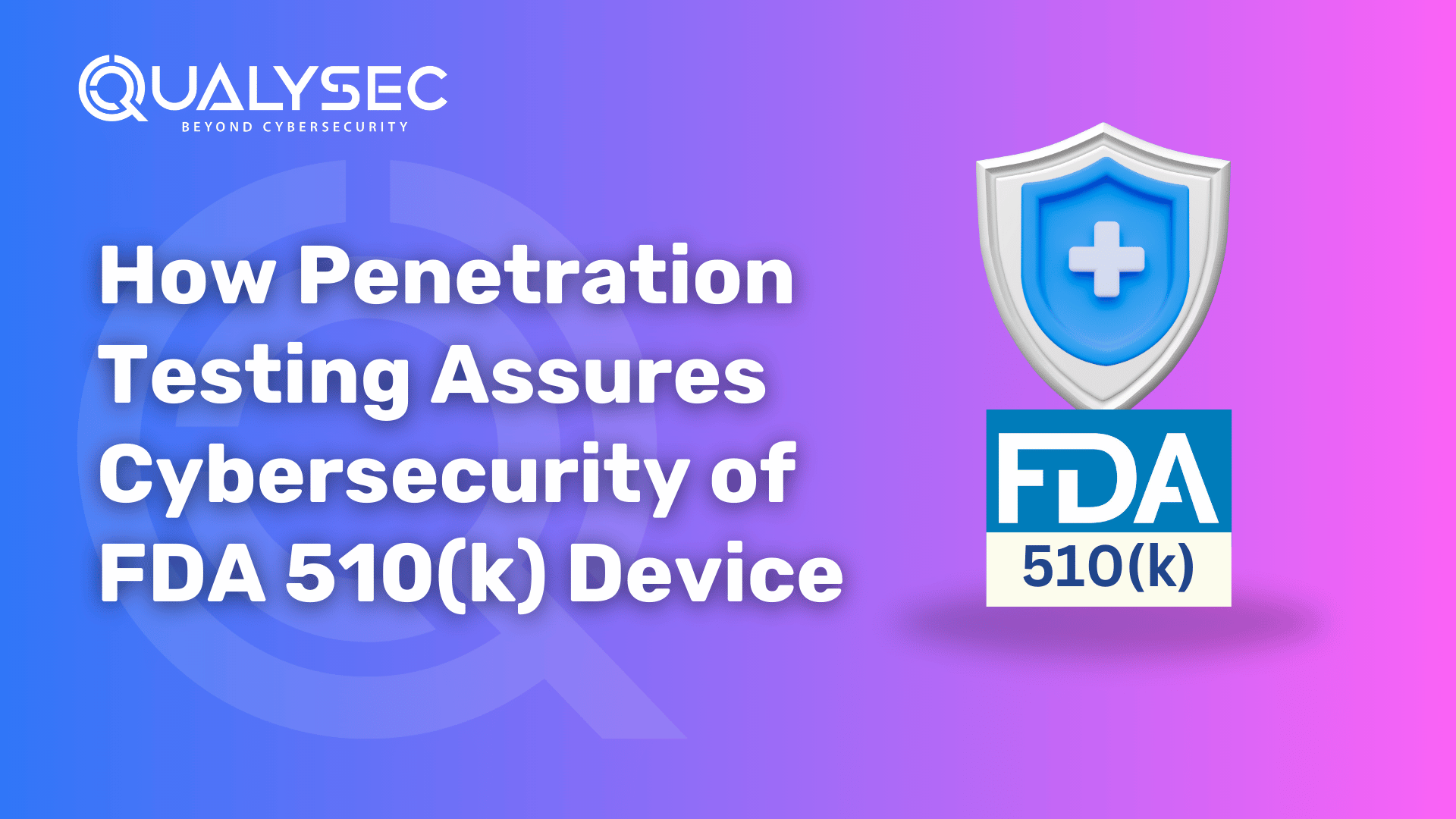








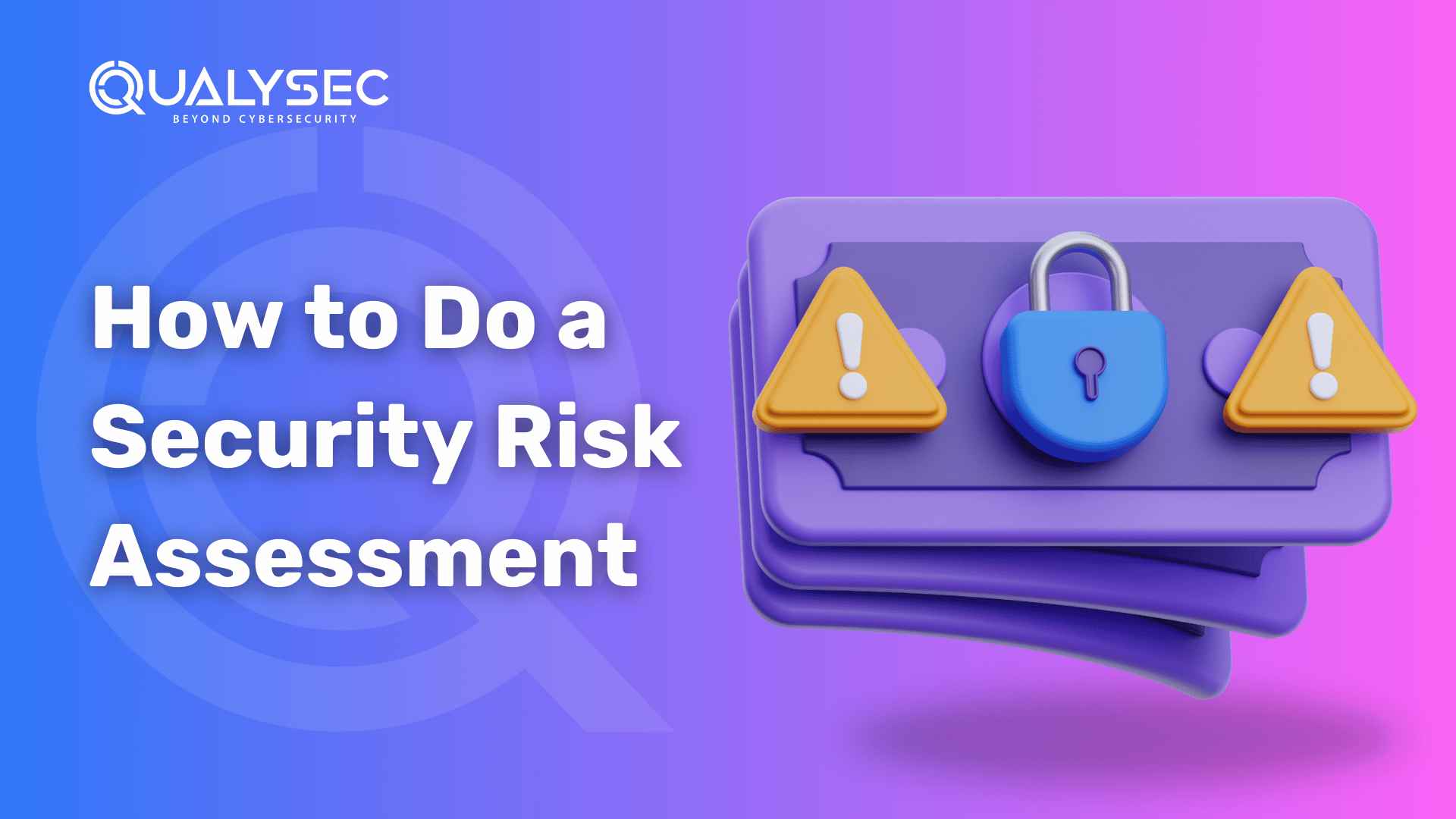


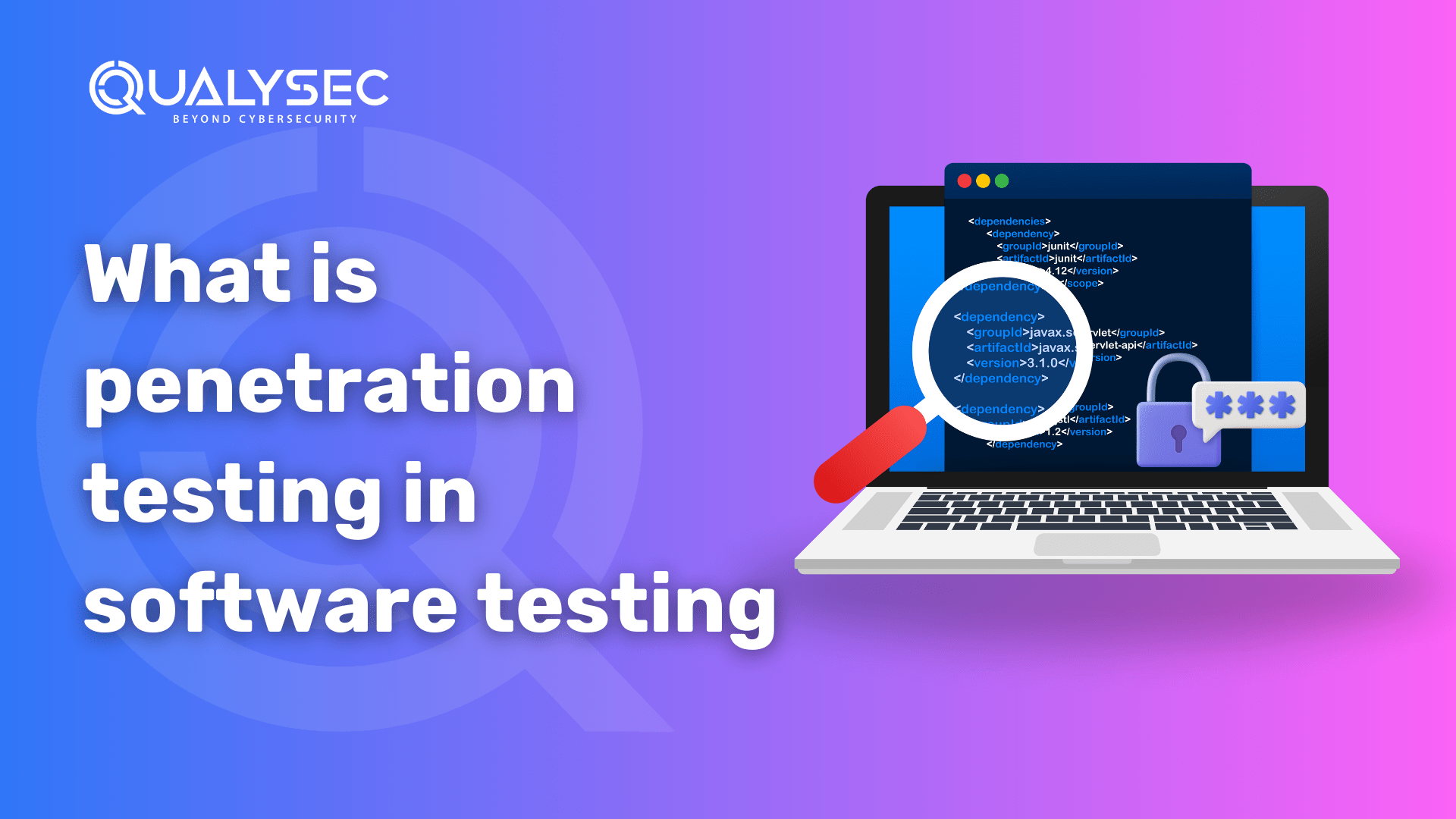




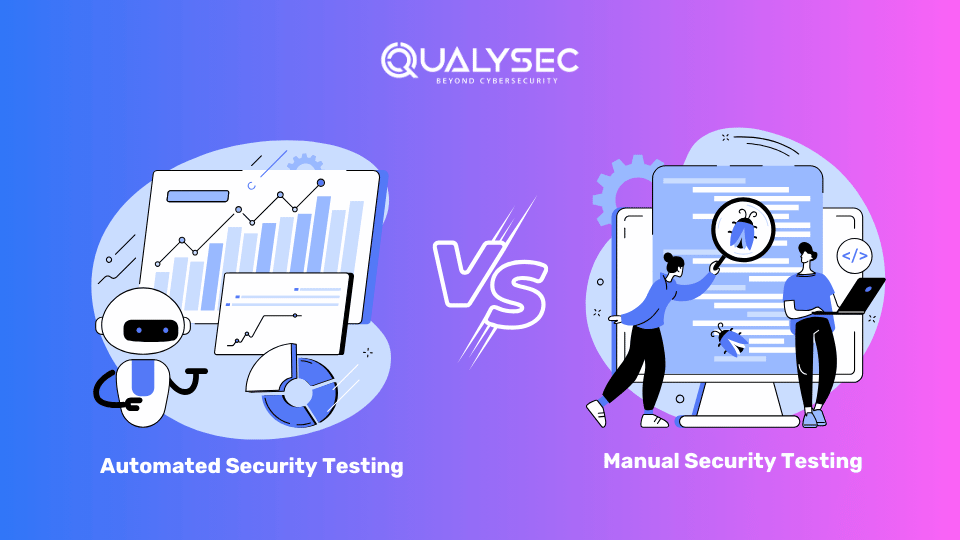


























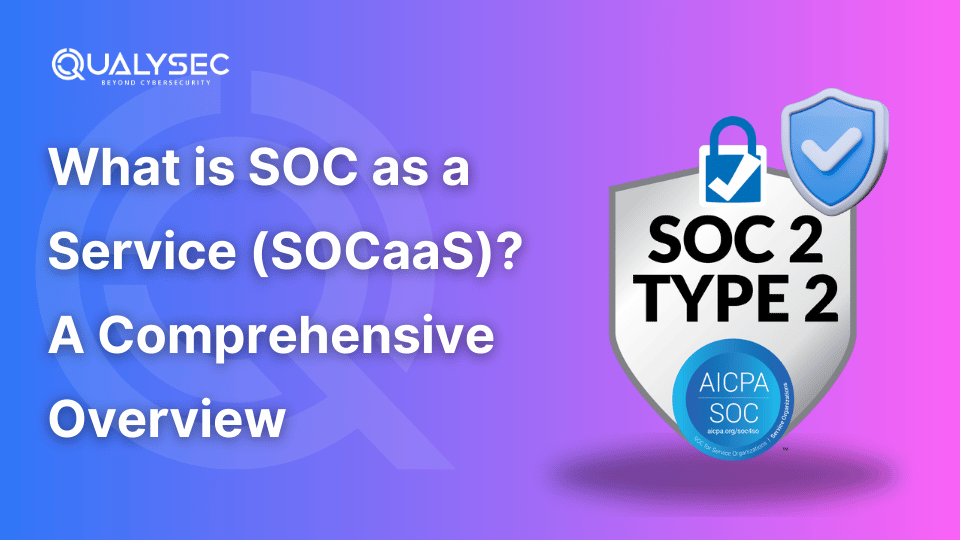












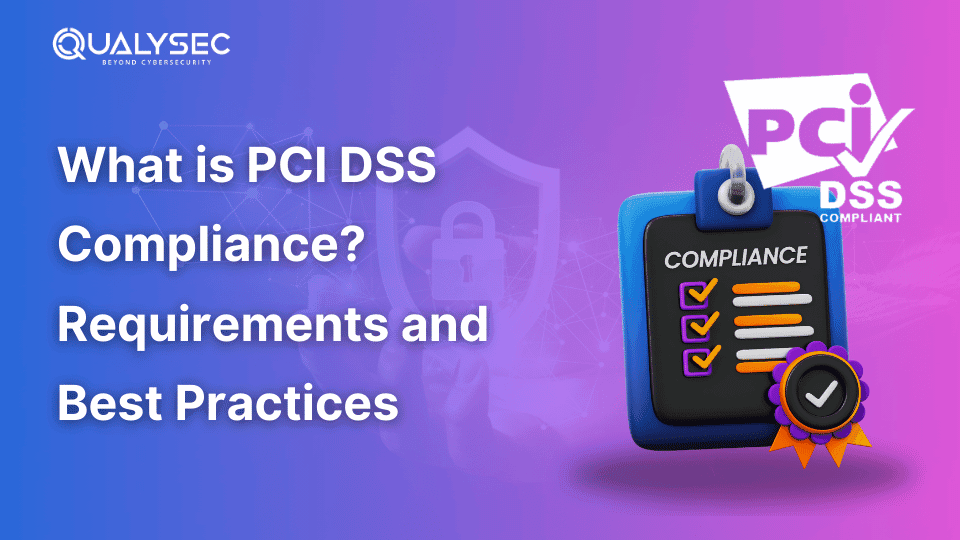





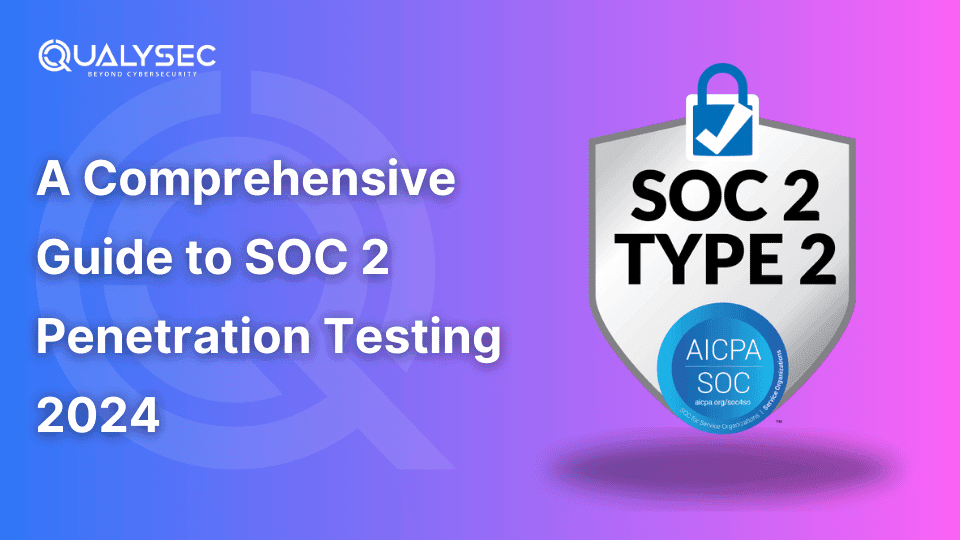






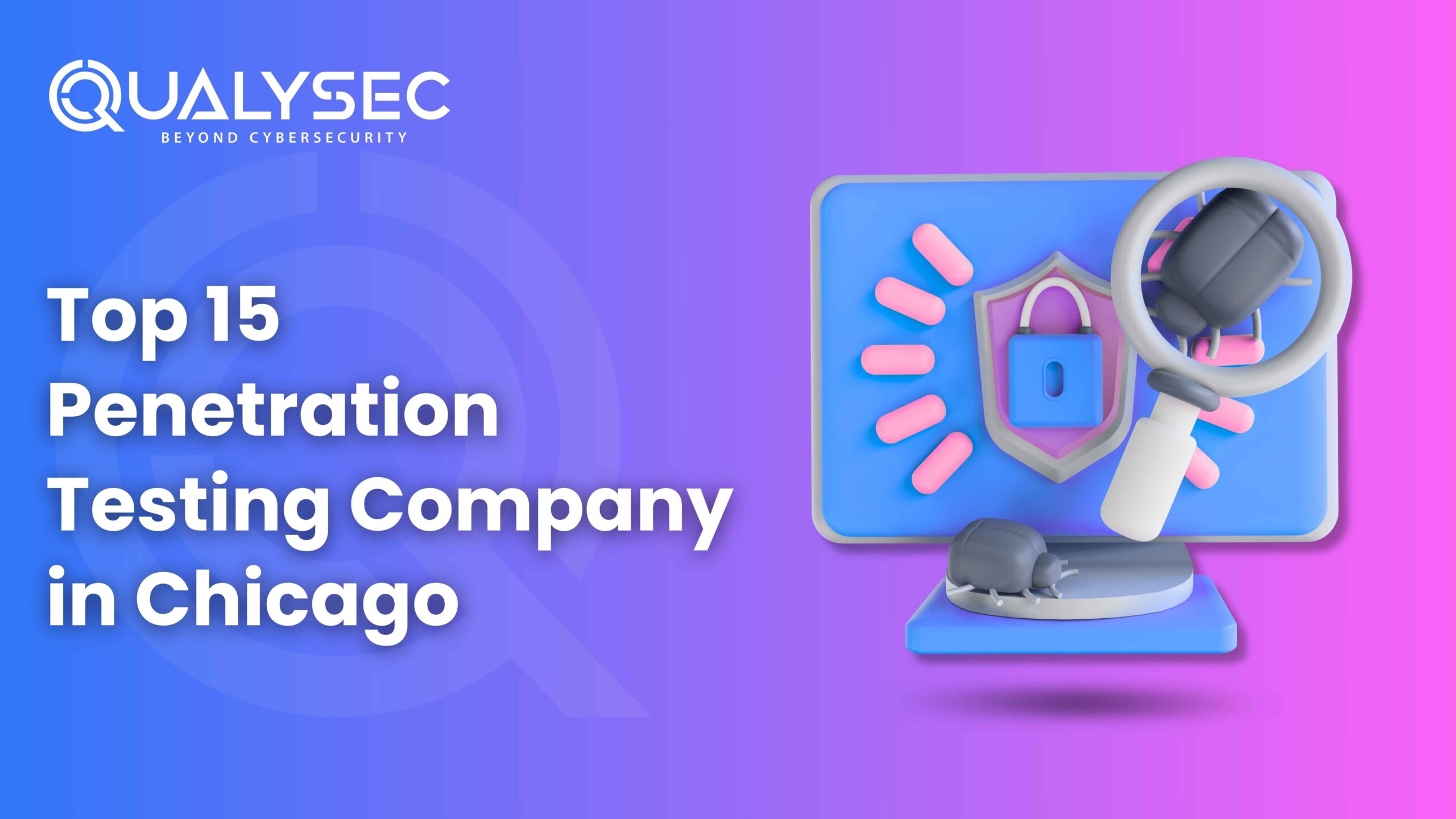
















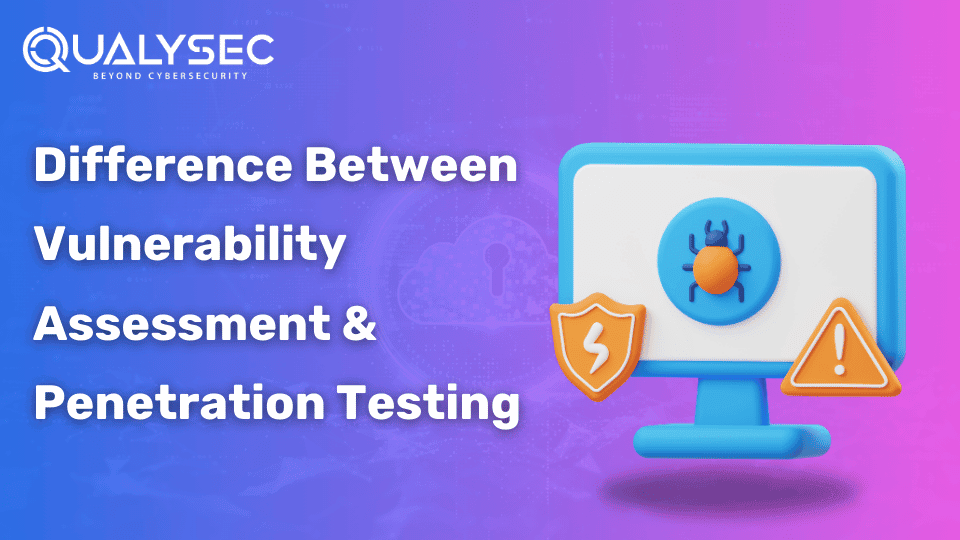




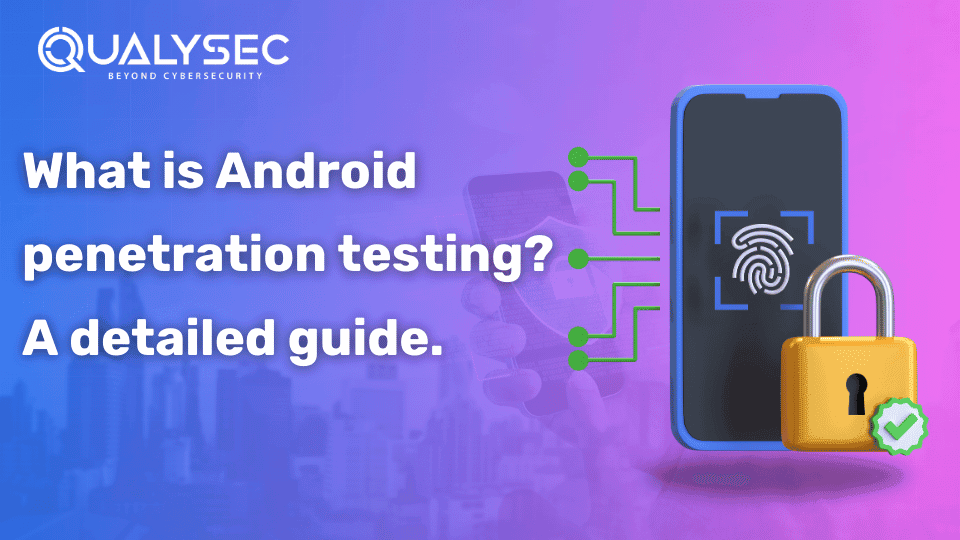










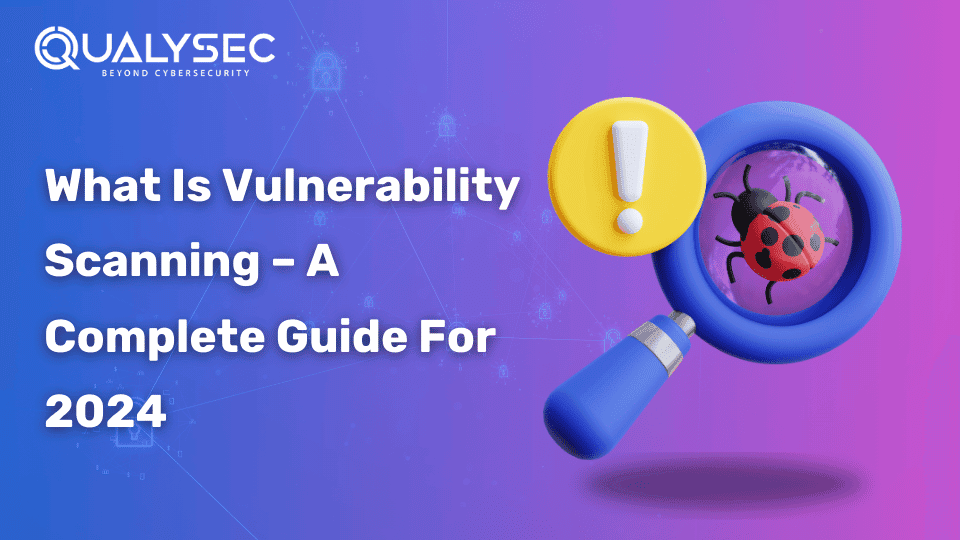










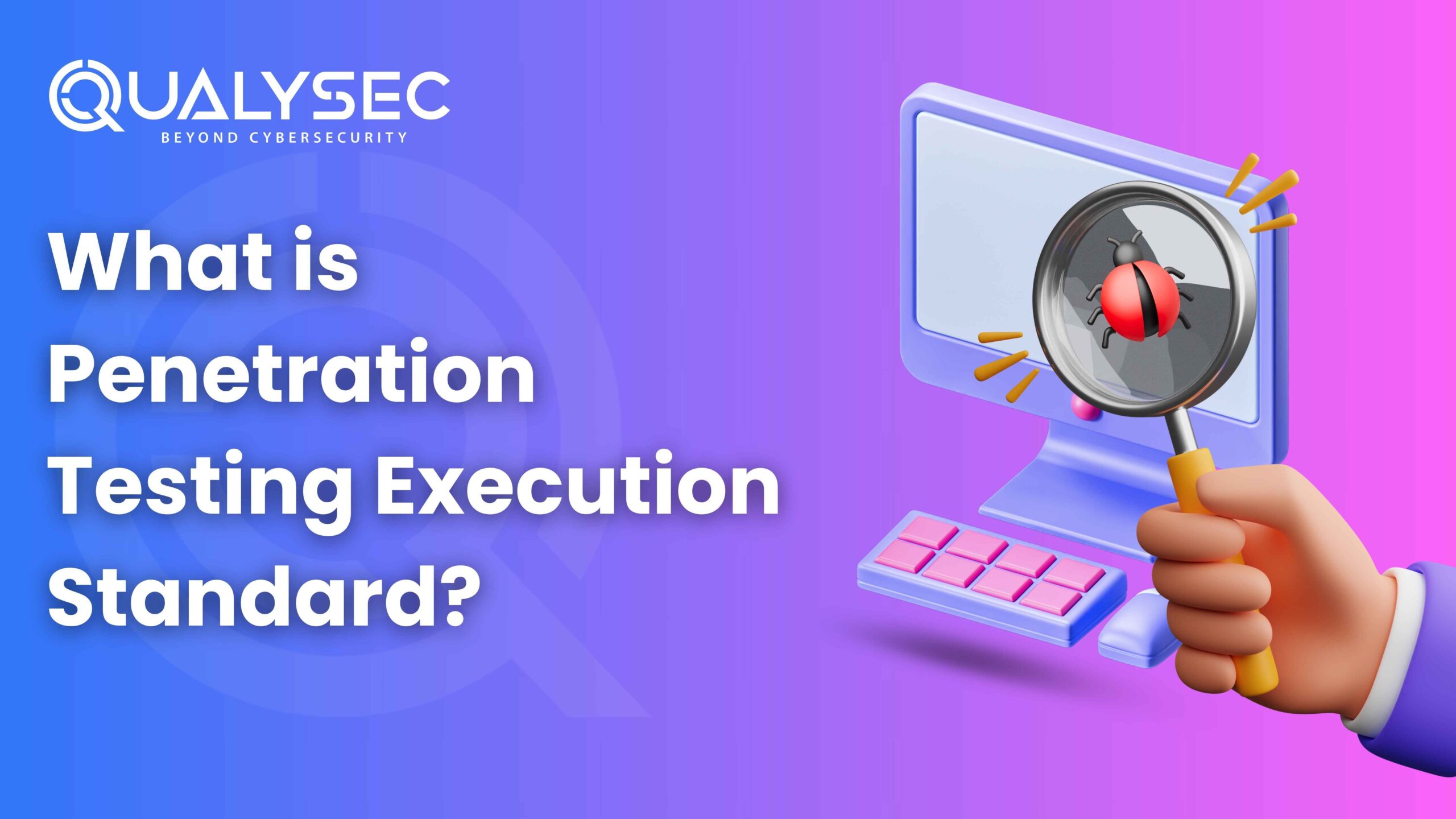









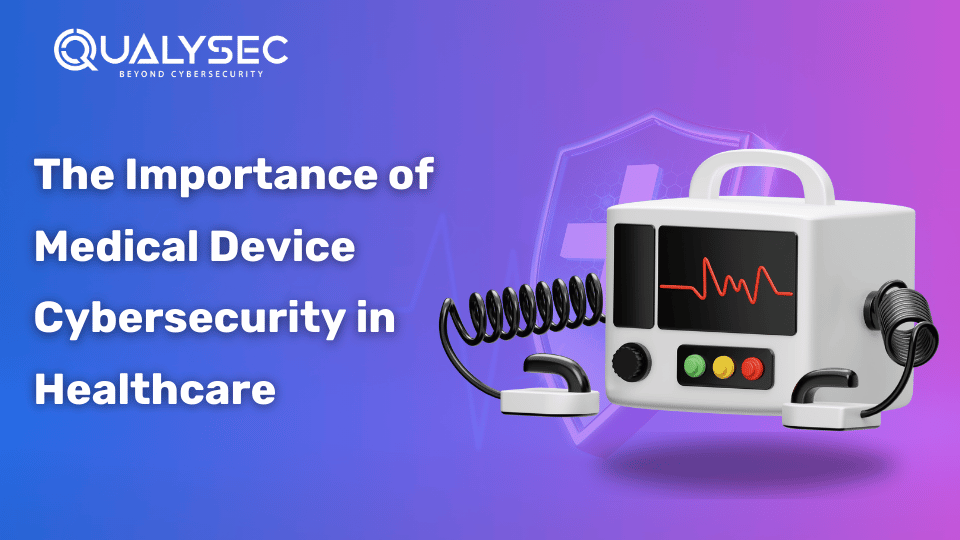















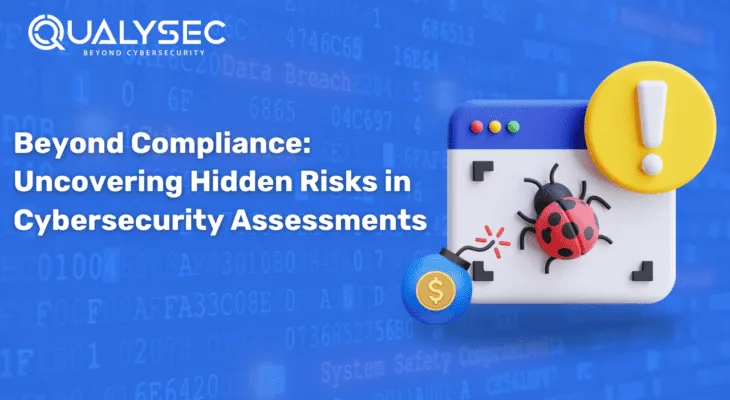



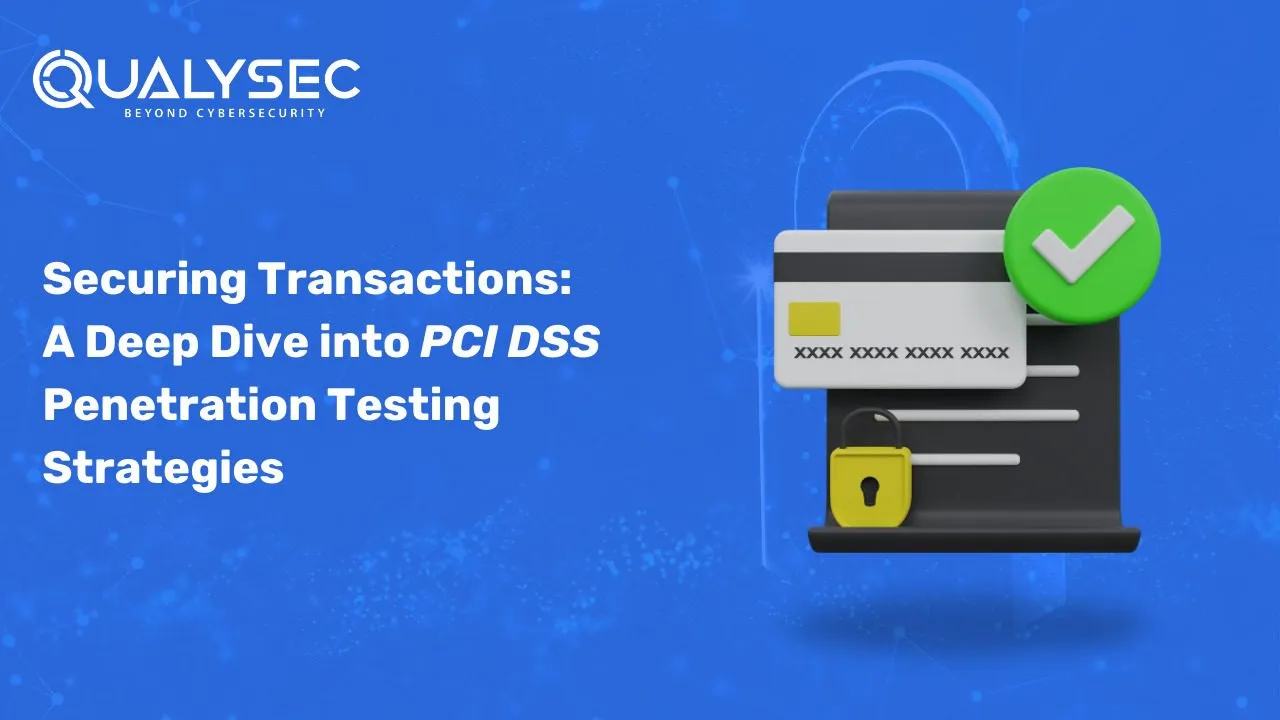



















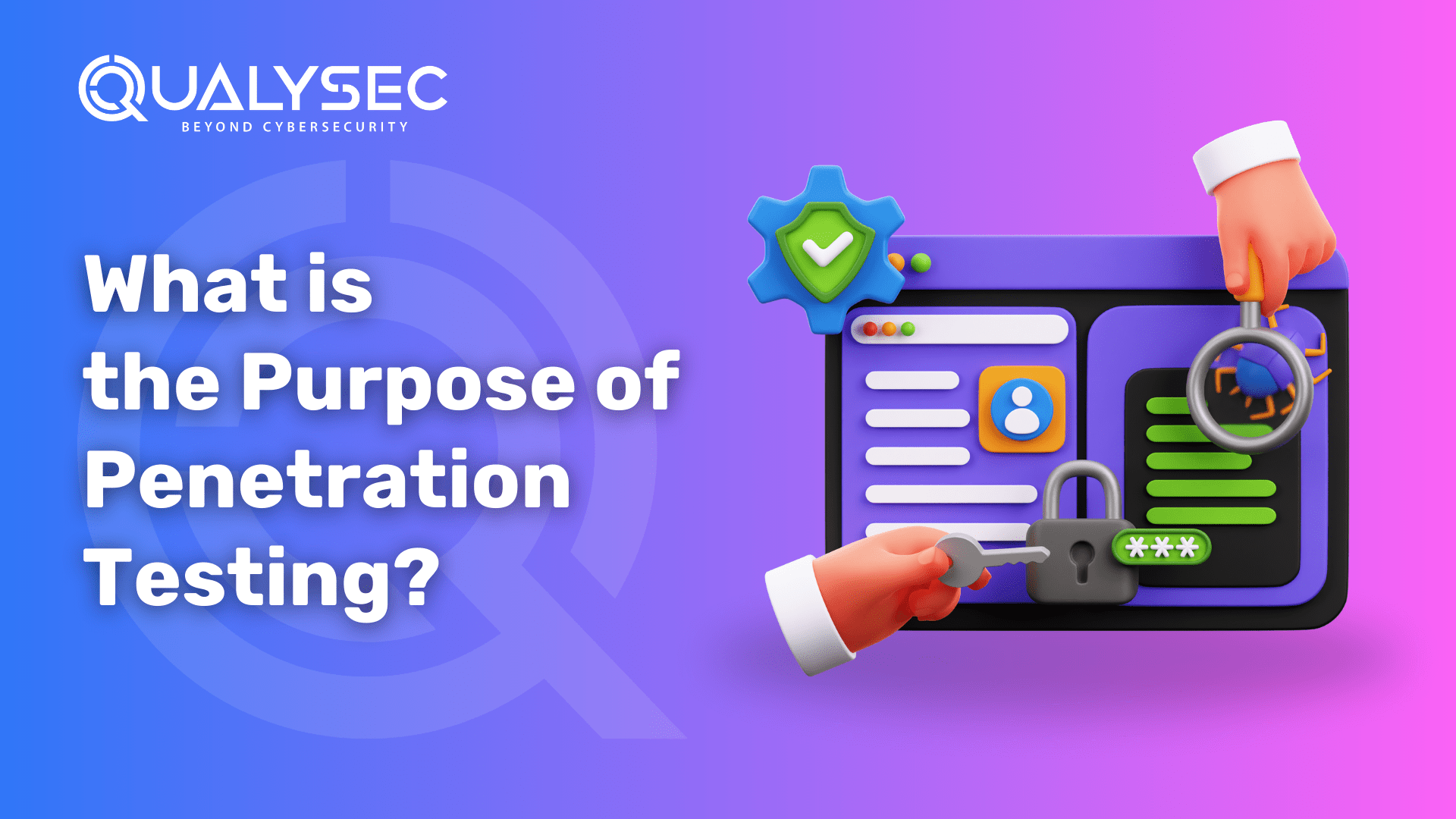
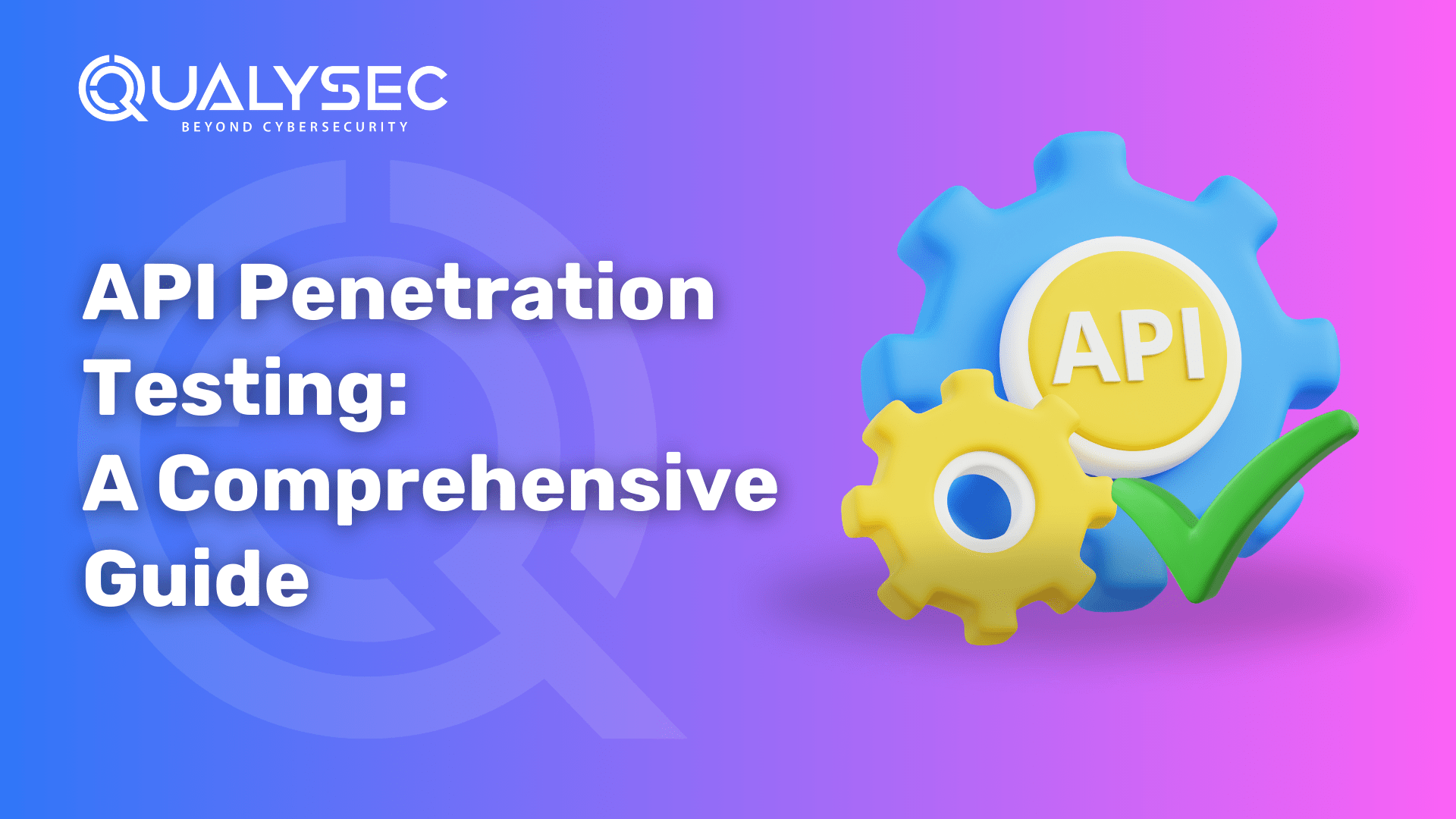



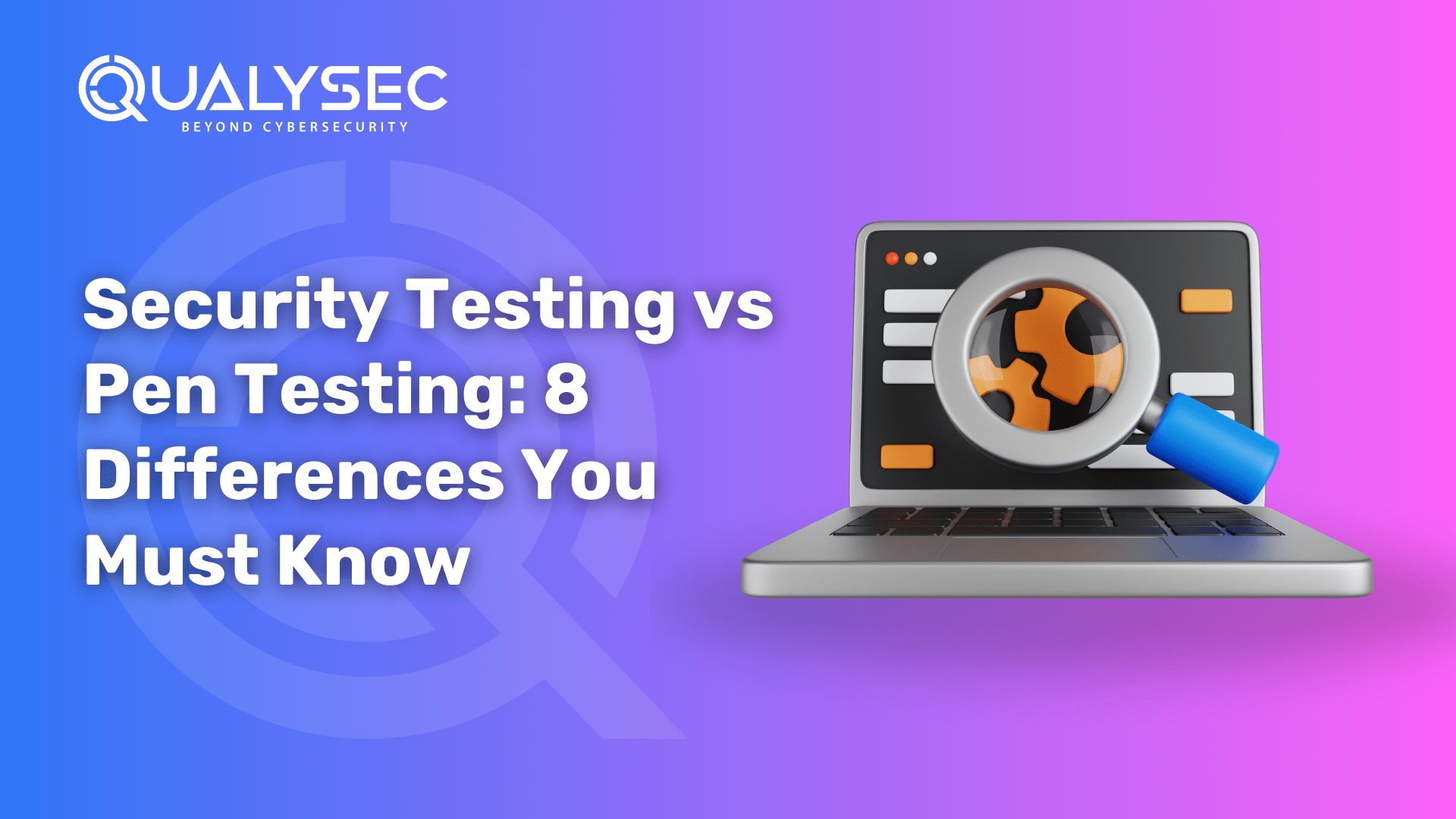












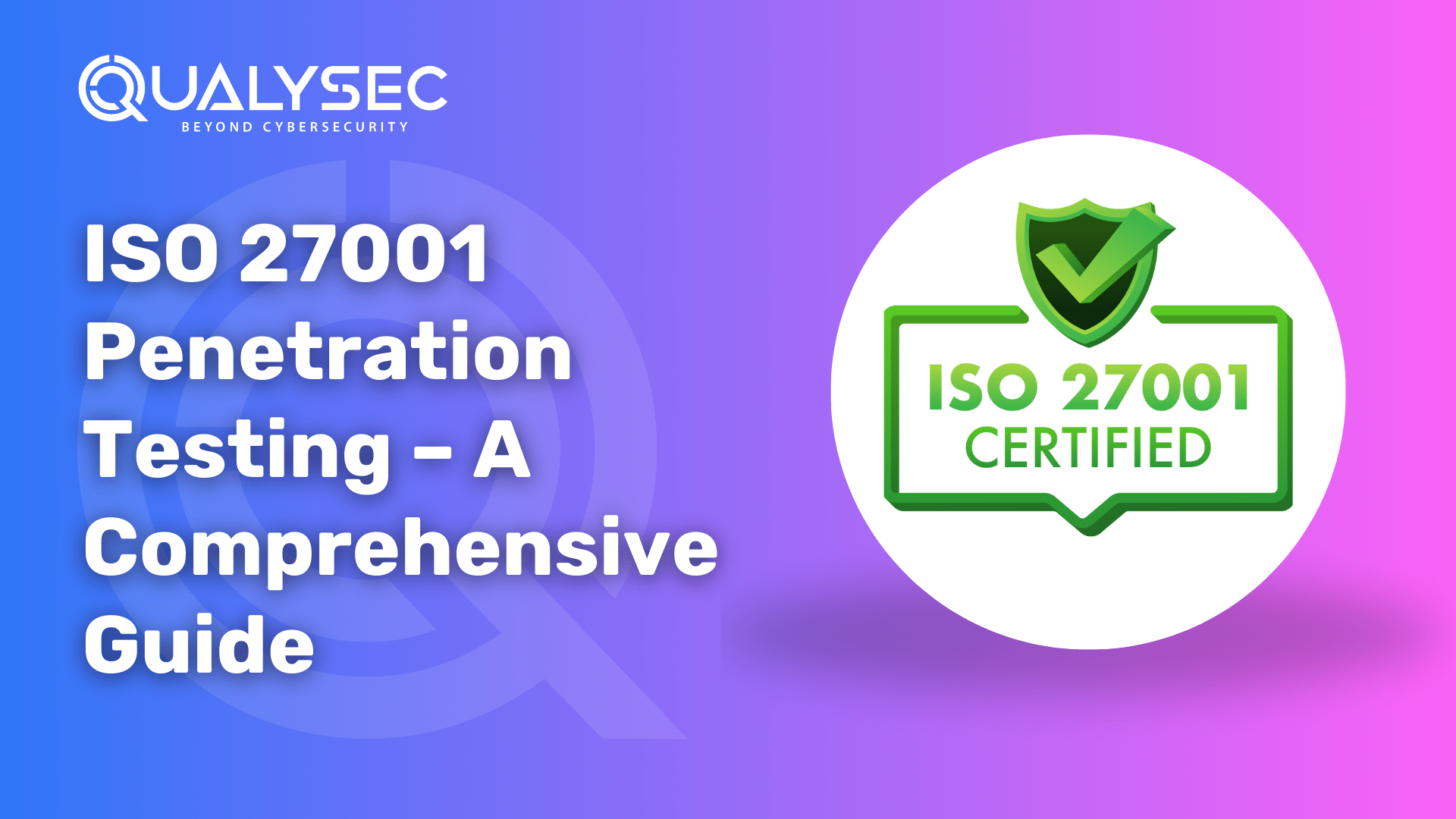











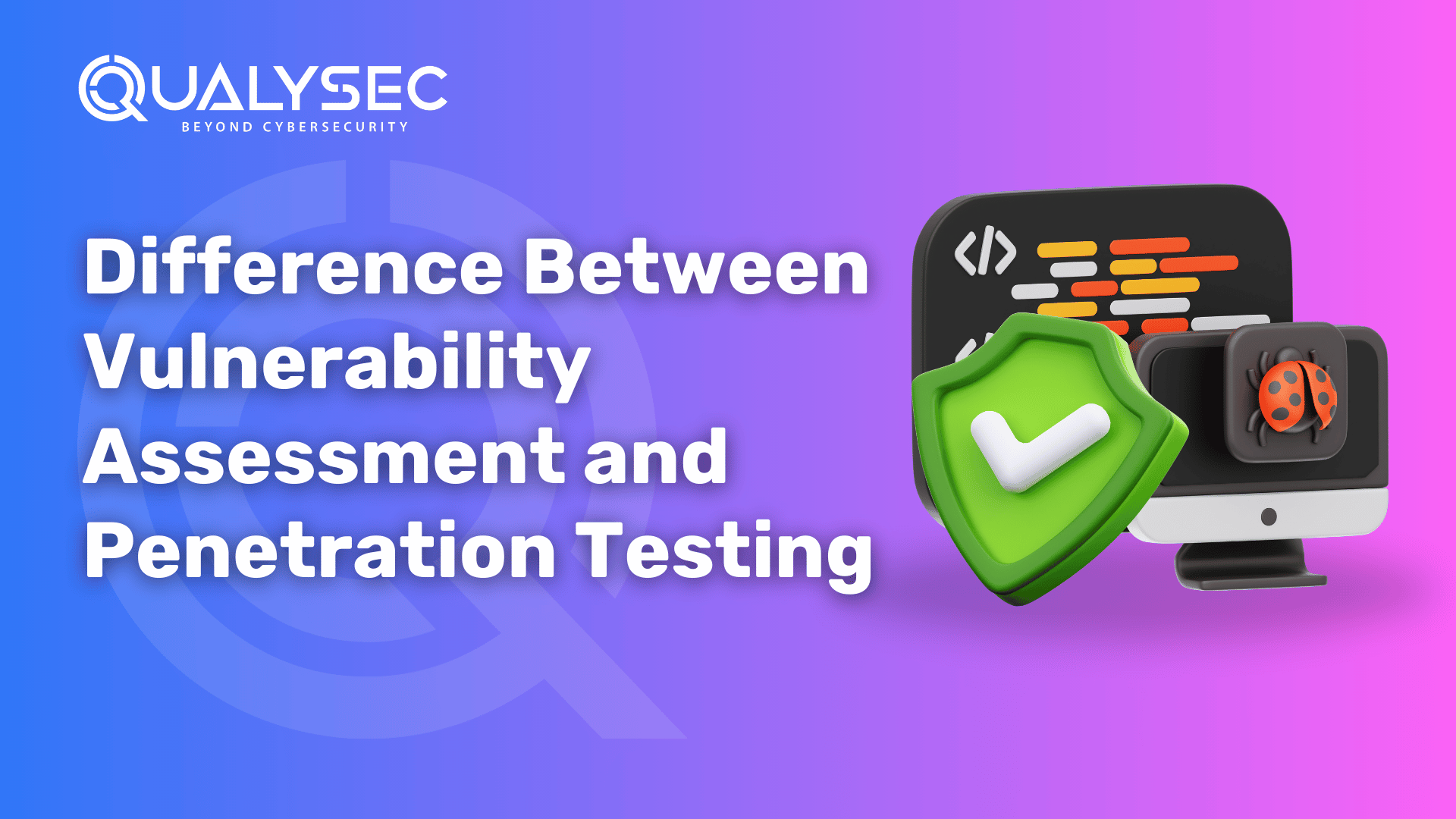







0 Comments